Original Penn Station, New York
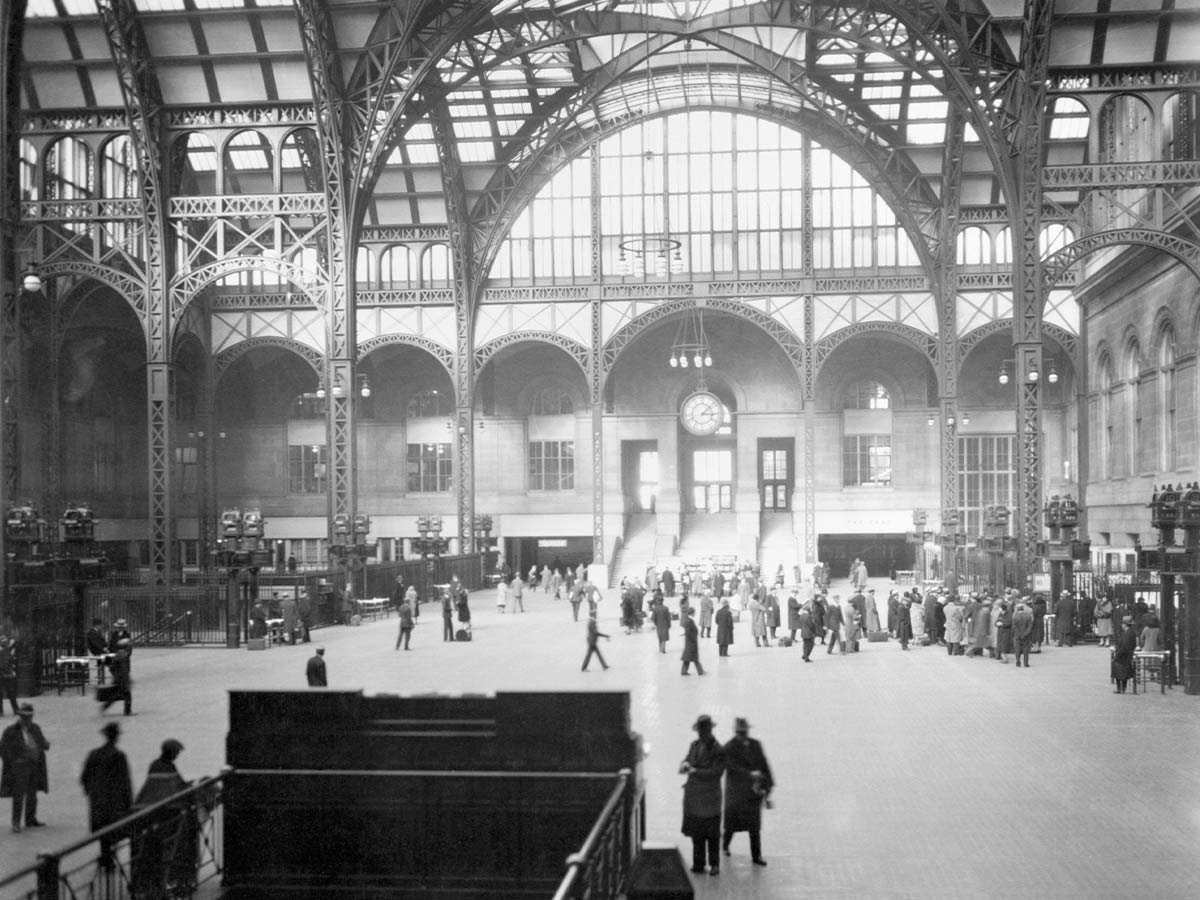
The original Penn Station was a true feat of architectural beauty -- it was a must-see site in New York City. It was designed in the Beaux-Arts style, with the station officially opening in 1910. Afterward, it flourished through the '40 while receiving more than 100 million passengers annually. That's a lot of people!
However, in 1963, Penn Station was moved underground so that Madison Square Garden could take its original spot. Needless to say, this decision did not go over well, and some New Yorkers are bitter about it to this day. It's a shame they didn't have much say and the history of his station wasn't preserved.
Pink and White Terraces, New Zealand
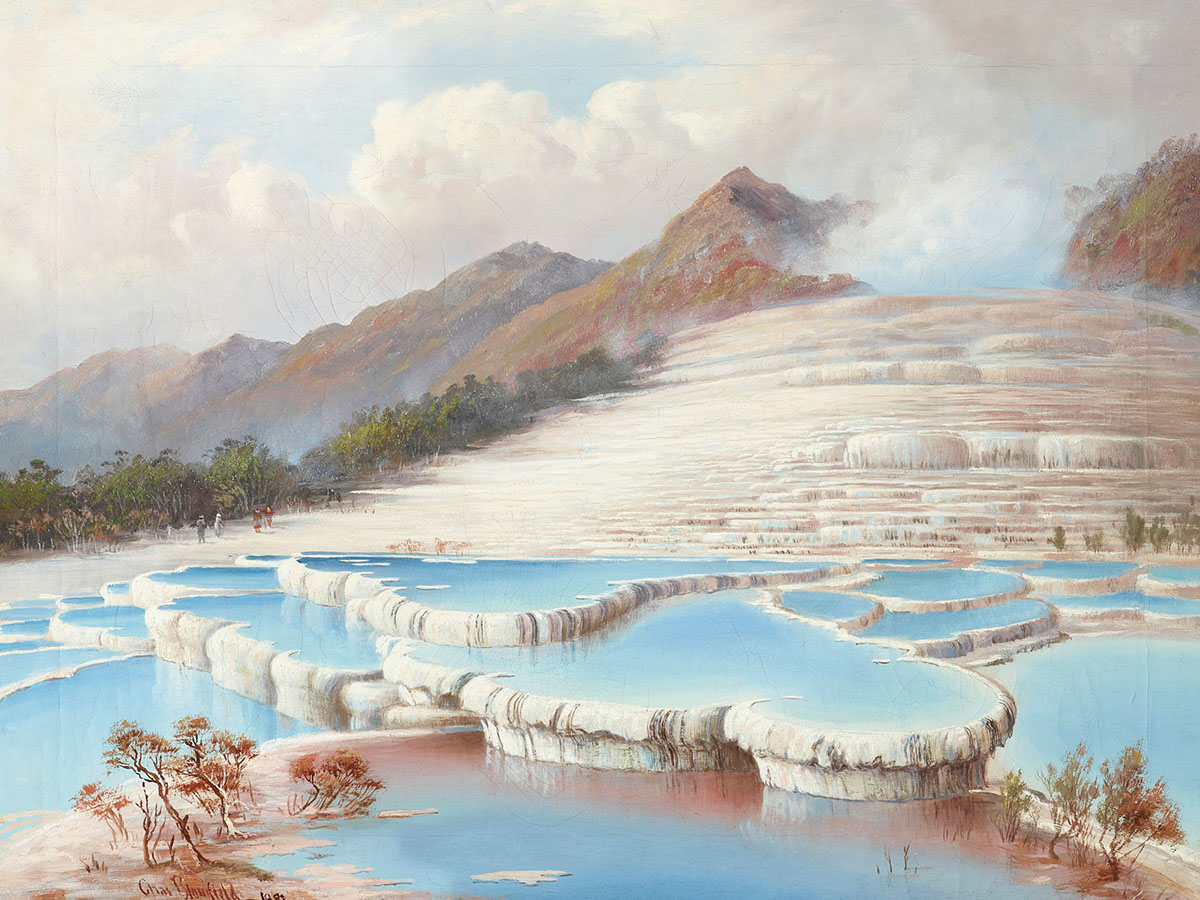
If you had been born a couple hundred years earlier, you might have had the chance to see the natural wonder of the Pink and White terraces of New Zealand. These breathtaking terrace pools formed when geothermal springs erupted, leading to the gradual buildup of pink and white silica, which occurred naturally in the water.
Unfortunately, the Pink and White terraces were lost in 1886 when a nearby volcano, Mount Tarawera, erupted and consumed the area. Many other settlements were destroyed in the same eruption, which is considered the deadliest since the Europeans arrived. However, some researchers have speculated that part of the terraces still exists underwater on the lake floor.
River Country, Disney World
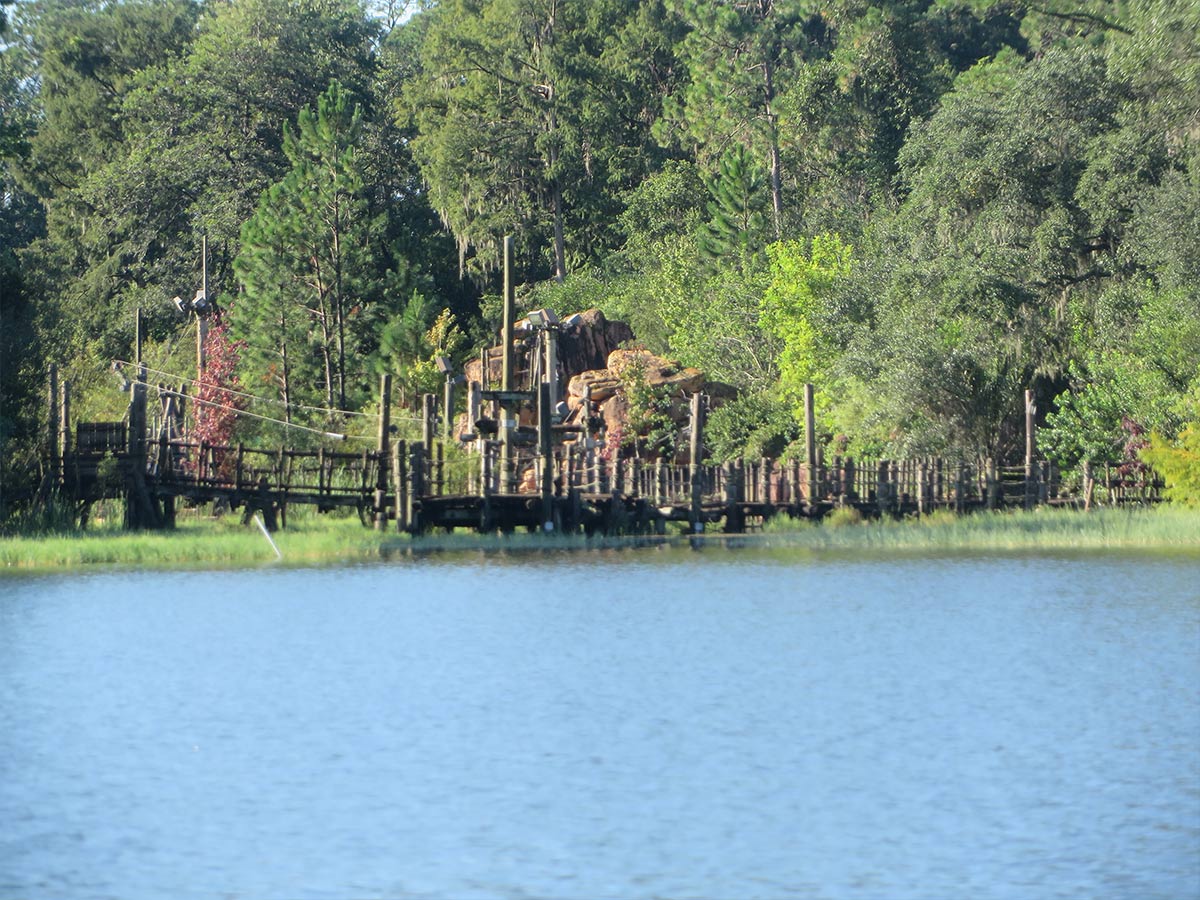
Disney World is a magical place, as long as you're not trying to visit one of the defunct places that the corporation abandoned. Enter River Country. This country-themed water park was the first of its kind in Disney World when it opened in 1976. However, it ultimately closed from...more competition from Disney?
That's right! In 1986, Disney World opened a second water park, Typhoon Lagoon. With its larger size, better parking, and more attractions, River Country just couldn't compete. And then they opened a third water park, and things got even worse for River Country. It was closed down for good in 2001.
Duckbill Rock, Oregon

What you see was what you got with the Duckbill Rock of Cape Kiwanda--it was a seven-foot sandstone rock that looked like a duck's bill. Not the most riveting destination, but it was still a beloved spot by people who had visited. It attracted tons of tourists every year until the worst happened...
In 2016, the formation toppled over. At first, experts thought it had toppled on its own, but video footage was later recovered that showed people knocking it down themselves. Apparently, it was an act of revenge, as a friend had recently broken a leg on it. That just ruined it for the rest of us.
Stardust Casino, Las Vegas
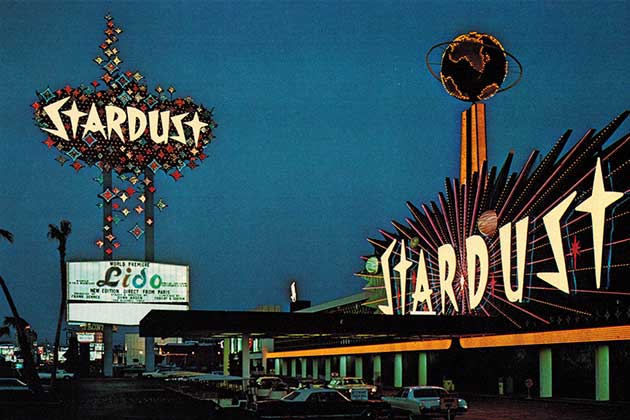
If you wanted a classic Las Vegas experience, you headed to the wonderous Stardust Casino. This iconic spot on the strip was a favorite of the iconic Frank Sinatra and was home to Siegfried and Roy's magical act. Despite its historic status, it just couldn't compete with the new, up-and-coming Vegas.
As more major casinos and venues started to show up on the strip, people began to forget about Stardust. Stardust just couldn't compete. It was demolished in 2007 to make way for a new casino...which was also demolished to make way for a new hotel coming in the 2020s. Guess it's a never-ending cycle in Las Vegas.
Honey Run Bridge, California

It's hard to find a classic covered bridge in the United States these days, and that's why Honey Run Bridge in Butte County, California was such a treasure. This gorgeous destination hosted weddings, other events, and visitors who simply wanted to admire the beauty of the area. It was open to vehicular traffic until the '60s when a truck crashed into it, making it impassable.
That wasn't even the worst thing to happen to the bridge, though. Unfortunately, Honey Run was destroyed by the catastrophic 2018 California wildfires. However, there has been talk of rebuilding it, so hopefully, future generations will get to enjoy it again. Let's cross our fingers and hope that we'll see this beauty again (although it won't ever be the same).
Six Flags Over New Orleans, Louisiana
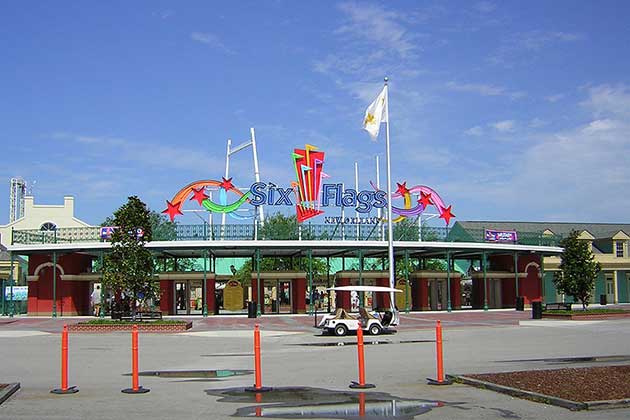
It isn't like Six Flags Over New Orleans had an easy time being in the state. The amusement park had been hit by a series of hurricanes that flooded the area, but the big one came in 2005. Hurricane Katrina completely destroyed Six Flags and the state itself. The park was only just acquired by the brand in 2003, so they hadn't even been in business too long.
Unfortunately, when Katrina blew through and flooded the area in 2005, the company decided to declare it a total loss and had no intentions of rebuilding. Because they declared it a total loss, the land eventually ended up in the hands of the Industrial Development Board of New Orleans. Currently, there are no plans to build on it, but who knows what time will bring.
Vidam Park, Hungary

We're not saying Vidam Park was Disney World, but it wasn't without its perks. Vidam Park in Budapest entertained and delighted guests for the six decades it was open, many making it a family tradition to visit. Known for its classic amusement park rides, Vidam had hundreds of thousands of visitors during its history.
There was no unusual or exciting closure story for this one--they simply had financial difficulties that they couldn't fix. The park officially closed in 2013, although the ruins of Vidam are still there (and still extremely creepy). The abandoned rides aren't even the half of it! There's artwork on the walls that will send a shiver down your spine, and something about a happy dragon looks terrifying in the dark with cobwebs...
Porcelain Tower of Nanjing, China

"The porcelain throne" might be an old dad joke, but The Porcelain Tower of Nanjing was much more ancient...and impressive. This tower, built in 1412 during the Ming dynasty, was considered one of the Seven Wonders of the Medieval world. Anyone who saw it or visited the location was left speechless.
The original tower was destroyed during a 19th-century rebellion. It's a pretty sad (although typical) fate for something that was over 400 years old! Thankfully, the story of the Porcelain Tower of Nanjing doesn't end there. In 2008, a wealthy Chinese man decided to create a replica, which you can still visit to this day.
Original Wembley Stadium, London

If you're looking for a good football (not the American kind) match, Wembley Stadium is the place to be. Surprise, though! It isn't the original one people played in back in the day! The original Wembley opened in 1923, and it received an "upgrade" in 2007. Fans of the original were none too pleased...
It's hard to admit, but the new Wembley is much bigger and more impressive than the original. It was supposed to offer creature comforts we've all come to love while also accommodating more guests. Still, the fans of the original still feel like something is missing. They took particular issue with the destruction of the two towers that adorned the building.
Maya Beach, Thailand
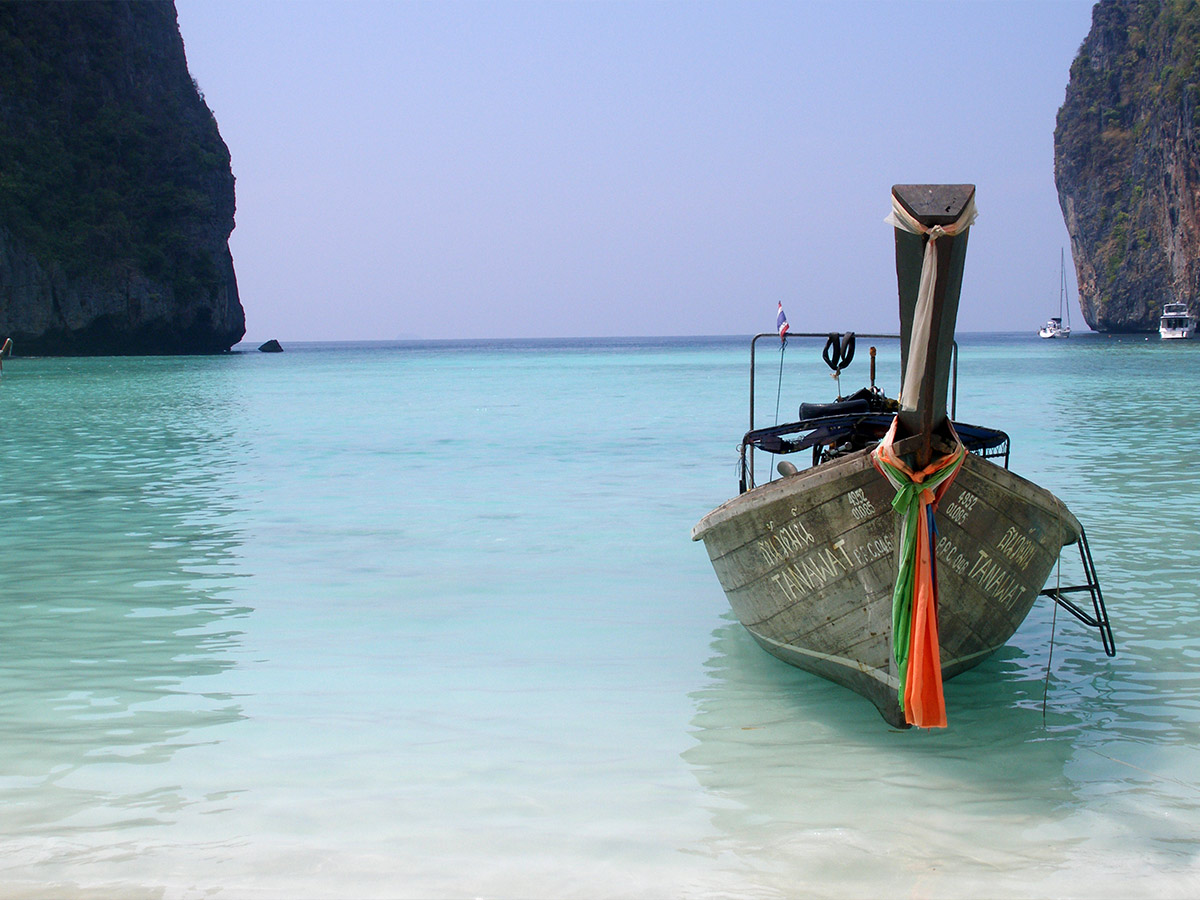
Maya Beach is not just one of the most beautiful locations in Thailand -- it was also the filming location for the 2000 movie The Beach, starring Leonardo DiCaprio. Its beauty was enough to draw thousands, but after the movie, the park easily drew over 6,000 guests per day. However, the beach has been closed to tourists for several years now.
It was one of the most popular tourist destinations in Thailand, which says a lot considering the beauty of the country. Unfortunately, thousands of visitors each day wasn't working out. After a while, that begins to take a toll on the local ecosystem, so government officials closed the location to give it time to heal.
West Pier, United Kingdom
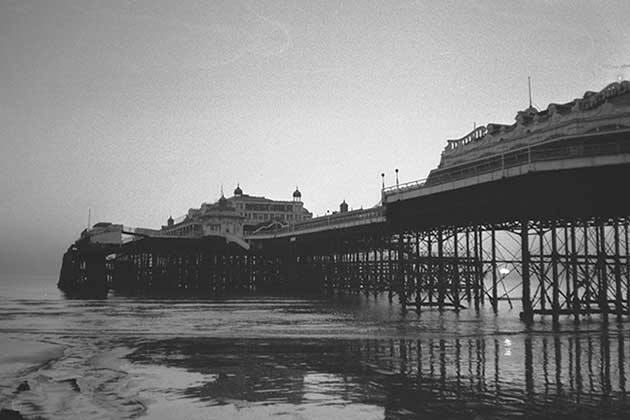
If you were looking for a fun-filled seaside British holiday in the 1800s, there was no better place to visit than West Pier in Brighton. During its heyday, The West Pier saw millions of visitors annually, many of whom were there to experience the concert hall that was added on in 1916. Popularity began to decline after WWII, and the concert halls were replaced by a funfair and tearoom. It still couldn't attract enough people, so it was sold to a local company in 1965.
Even they couldn't meet the increased maintenance cost and filed for bankruptcy. By 1975, the pier was closed to the public and fell into disrepair. Two major sections collapsed in 2002, while more portions were destroyed by two arsonist fires. It was completely demolished in 2010 after being declared destroyed beyond repair. Now, the i360 stands in its place.
The Mukurob, Namibia

The Mukurob, also known as The Finger of God, was a sandstone formation in the deserts of Namibia that probably took about 50,000 years to form. It was an important place in local folklore and was one of the biggest tourist destinations in the country. It was even given "National Monument" status in 1955.
However, the Mukurob couldn't hold its own weight. Eventually, it toppled in 1988. Scientists are still a bit unsure why it ultimately fell, but they have some guesses. There was a rainstorm previously that may have weakened the sandstone pillar. Another study found that there was an earthquake in 1988, which registered heavily in Namibia on the same night The Finger of God collapsed.
Darwin's Arch, Ecuador
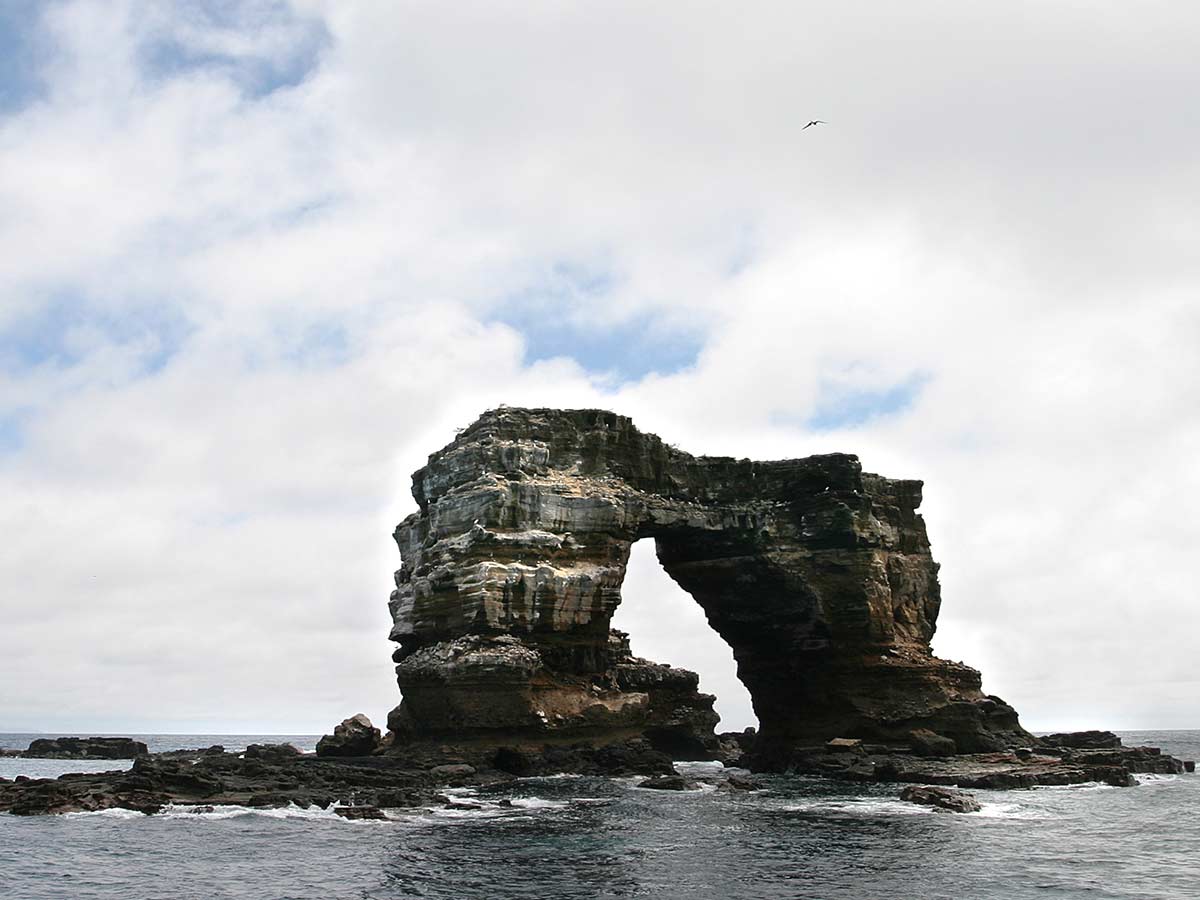
In the Galapagos, there is (or was) a natural rock arch that brought tourists from all over the world. It was a very popular spot for photographers and scuba divers, especially thanks to the diverse wildlife that swam underneath the iconic and Instagrammable arches. It hasn’t been accessible to tourists for a while, however.
The reason? Natural erosion. It’s been breaking apart for a while now, and 2021 brought the fateful day. On May 17th, the arches completely collapsed into the ocean. A set of onlookers watched as it completely fell apart. Now, it’s just two sad little pillars.
Paleis voor Volksvlijt, Netherlands

For years, London was home to the beautiful Crystal Palace, and once word got out about it, the Netherlands decided they needed something comparable. So the Paleis voor Volksvlijt was constructed in the 1860s. This huge and breathtaking building was home to numerous cultural events, fine dining, and even two shopping centers.
The Paleis voor Volksvlijt had some pretty bad luck the next years due to exploitation, which caused part of the gardens to be sold off to become a luxury shopping gallery. Things got worse when a fire raged through the Paleis voor Volksvlijt in 1929, and the building was damaged beyond repair. The Bank of the Netherlands now occupies the space where the palace once stood.
Jonah's Tomb, Iraq

Jonah is an important figure in Judaism, Christianity, and Islam, and his alleged tomb was a site of both historical and religious significance for millions of people. Located in Mosul, Iraq, the shrine was an important place of pilgrimage and boasted beautiful ancient architecture. In July of 2014, ISIS militants blew up the site as well as several other important historical sites around Mosul.
ISIS began looting the tomb, but that isn't the end of its story. A palace was found underneath the biblical prophet's tomb, which contained valuable artifacts. The artifacts were quickly recovered, but many were scattered throughout the world. Now, Iraq is requesting assistance to get these items back to study them.
Azure Window, Malta
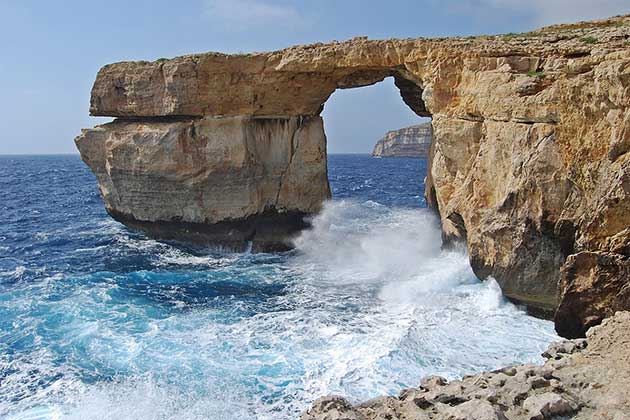
This one might look really familiar to you! This limestone arch that jutted out of Malta's Gozo Island was known as the Azure Window. This breathtaking destination brought in visitors because of the natural beauty of the area--and this spot was even featured in HBO's Game of Thrones! We knew that looked familiar...
Unfortunately, the Azure Window is no more. Experts didn't believe it would last forever, but they hoped it would last longer than this. The natural erosion was exacerbated when an intense storm was able to bring it down completely in 2017. Everyone was shocked, but guess the old adage is true - you don't know what you've got until its gone.
Crystal Palace, London
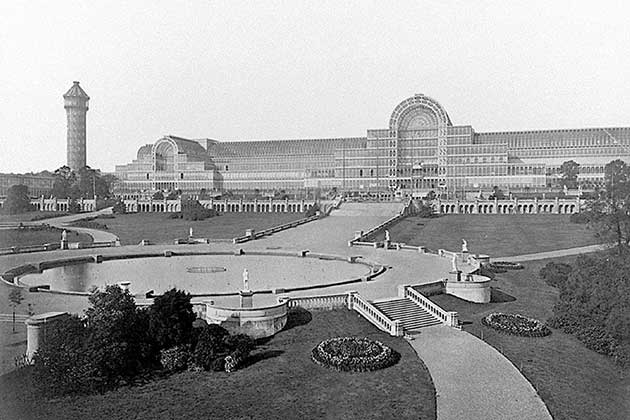
The Crystal Palace was a massive plate glass complex first created for the Great Exhibition of 1851--which was the first world's fair-type event of its kind. Whether you were looking for a cricket match, a roller coaster, dinosaur sculptures, or just some unbeatable sights, the Crystal Palace had you covered.
Unfortunately, the palace was destroyed by a fire in 1936. No one is certain what caused it, but only remnants were left after it had done its damage. The site is now known as the Crystal Palace Park and serves as a memorial to the magnificent building that was once there.
Love Locks Bridge, Paris
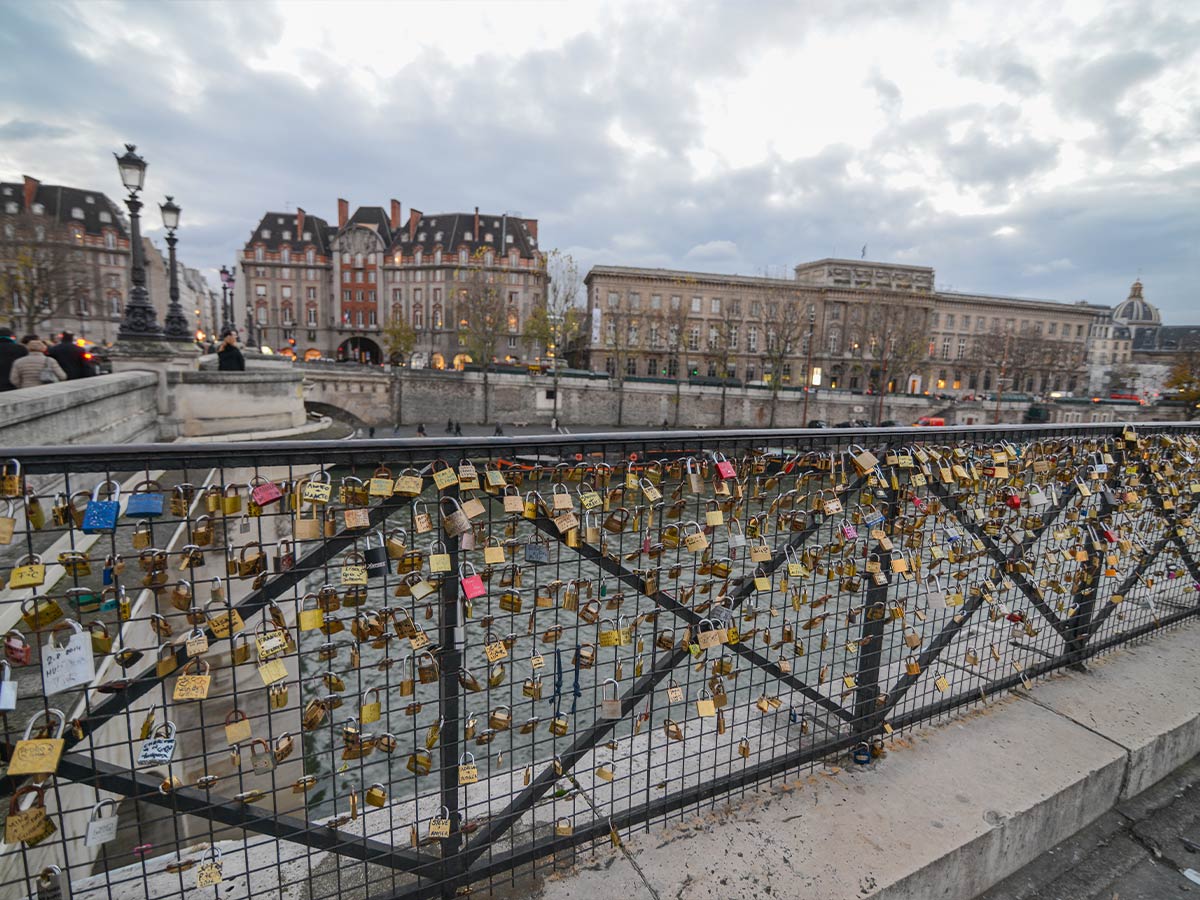
Is there anything more obnoxious than a couple in love in Paris? The answer is no, and most of them like to congregate on the Pont des Artes--a bridge that crosses the Seine river. No one is sure how the tradition started, but for years, people have been writing their love's name on a padlock and attaching it to this bridge. At this trend's peak, there were over one million padlocks!
In 2014, a fence on the bridge collapsed from the weight of the padlocks, so they were all removed, while the fencing was replaced with glass panels to make it a little harder to continue the tradition. Some people have been trying to keep it going, but this spot is all but dead for lovebirds now.
New York Hippodrome, New York

At its opening, the New York Hippodrome was the largest theater in the world. There was room for over 5,000 guests, and over 1,000 people could fit on the stage at once. It opened in 1905, and things were good for a little while. However, by 1939, there was already trouble on the horizon.
Like many massive destinations, the Hippodrome struggled under the weight of its own operating costs. People lose interest in huge things eventually (especially since more are built). We want to say something amazing took its place, but we can't. It was demolished to make way for a completely unremarkable office building. Sorry.
Rotbav Fortified Church, Romania

Back in the 13th to 16th century, churches were more than just safe-havens. They played a defensive role in war to withstand invasions during times of siege. The Rotbav Fortified Church was constructed in the 1300s and later protected residents with its thick, defensive walls during World War II. It's not the most flashy tourist destination, but it was one with an immense history and historical importance.
Unfortunately, many of the "fortified" churches of the region have fallen into disrepair -- including the one at Rotbav. It collapsed under its own weight in 2016. There are still many fortified churches in the country, but there just isn't money to keep them repaired. Some have become a UNESCO Heritage site, but others? C'est la vie.
Sutro Baths, San Francisco
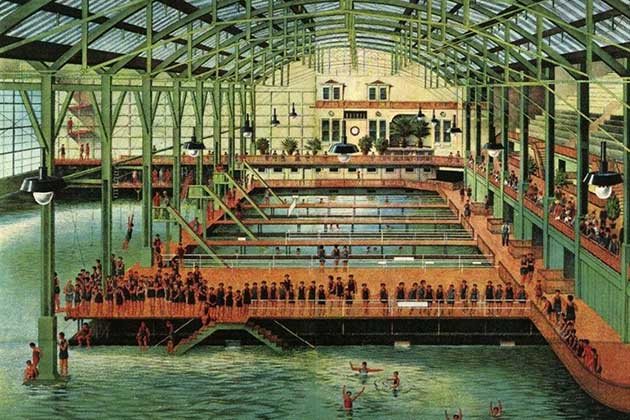
When it opened on March 14, 1896, the Sutro Baths were touted as the largest swimming pool complex in the world. Created by Adolph Sutro, the complex included seven massive swimming pools, bathhouses, and even an aquarium. When it opened, it was the world's largest indoor swimming pool establishment, so it was definitely a world wonder.
For decades, tourists flocked to the Sutro Baths. The venue struggled with its massive operating costs throughout its lifetime but managed to stay afloat. It was eventually sold to developers in 1964, but it burned to the ground only two years later. The cause of the fire was determined to be arson, which makes the developers bailing with the insurance money even more suspicious.
Spreepark, Germany
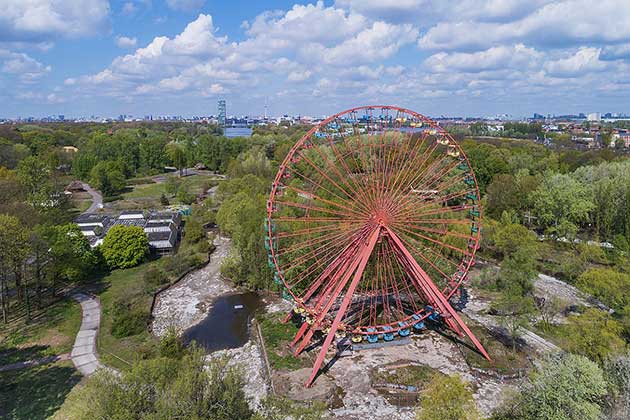
Spreepark was an amusement park that managed to see the fall of the Berlin Wall. Originally called the VEB Kulturpark Plänterwald by East German communists, it became Spreepark after German reuinifcation. They worked hard to keep guests coming in with new attractions added annually. While the park delighted millions of visitors, things were not all cheery under the surface.
It turns out that the park's owner was actually using amusement park rides to smuggle cocaine into Germany. Spreepark closed in 2002, but the park was still useful. In 2011, it was used for a scene in the action film Hanna, as well as the music video "Run Dry" by Sizarr. Unfortunately, that didn't last long. Most of what remained was destroyed by a fire in 2014 that was declared arson (aka deliberately set).
The Buddhas of Bamiyan, Afghanistan

Afghanistan might not be the first place you think of when you hear the word Buddhism, but there was actually an important pair of Buddhist statues in the country. Known as the Buddhas of Bamiyan, these massive, hand-carved structures were created in the 500s (yes, the 500s) and had attracted visitors ever since.
However, that all came to an end in 2001 when the site was destroyed by the Taliban. It's still possible to visit the remains of the statues, but they are no longer standing. It's also still possible for visitors to walk through the monks' caves and passages that connect them. Groups have expressed the desire to rebuild, but the Afghan government hasn't made a decision whether or not they want it to happen.
Chacaltaya Glacier, Bolivia

For years, the Chacaltaya glacier in the Andes mountains of Bolivia was home to the country's only ski resort, which was also one of the world's highest. Tourists flocked from all over the world to visit. However, the glacier has melted to the point where only a small 600 square foot of land is sometimes snowy enough to ski.
Scientists began studying the melting glacier in the 1990s, and they predicted it would be almost completely gone by 2015. However, their predictions were wrong as the glacier had all but disappeared by 2009. Technically, tourists can still visit today, but only a few are allowed each year. All that stands is an abandoned mountaintop resort and a scary reminder of global warming.
The Old Man of the Mountain, New Hampshire, USA
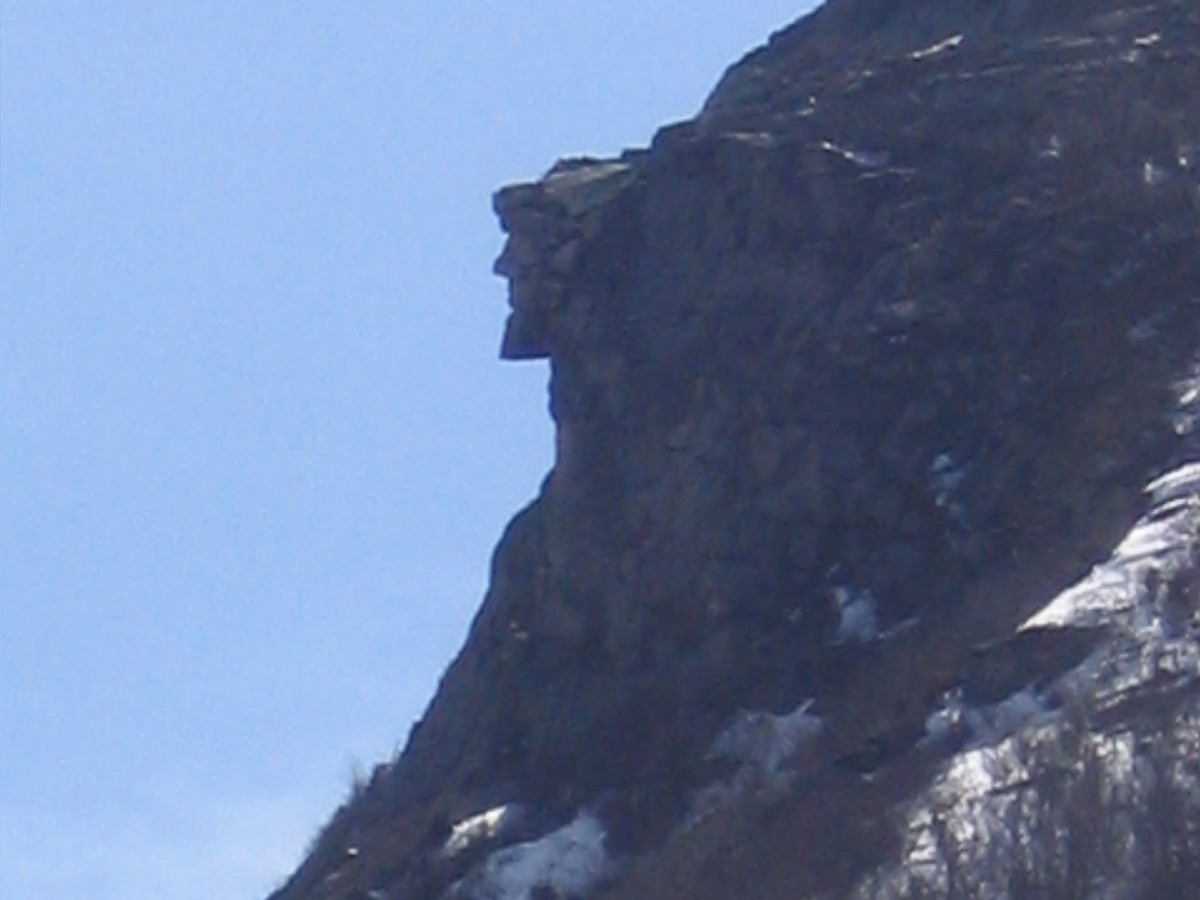
Humans have a great knack for seeing faces where there are none, and scientists even have a name for it -- pareidolia. One of the most famous instances of this in the United States was the Old Man of the Mountain in New Hampshire. The "old man" was actually a series of granite cliffs on Cannon Mountain that resembled the shape of a man's face in profile.
Because of its location, it would freeze and thaw constantly throughout the year. The cycle resulted in fissures in the cliffs over time, and unfortunately, the entire structure collapsed sometime in the early hours of May 3, 2003. New Hampshire governor decided not to replace the old man, but instead, refer to it as Old Man of the Mountain Memorial.
Palmyra, Syria
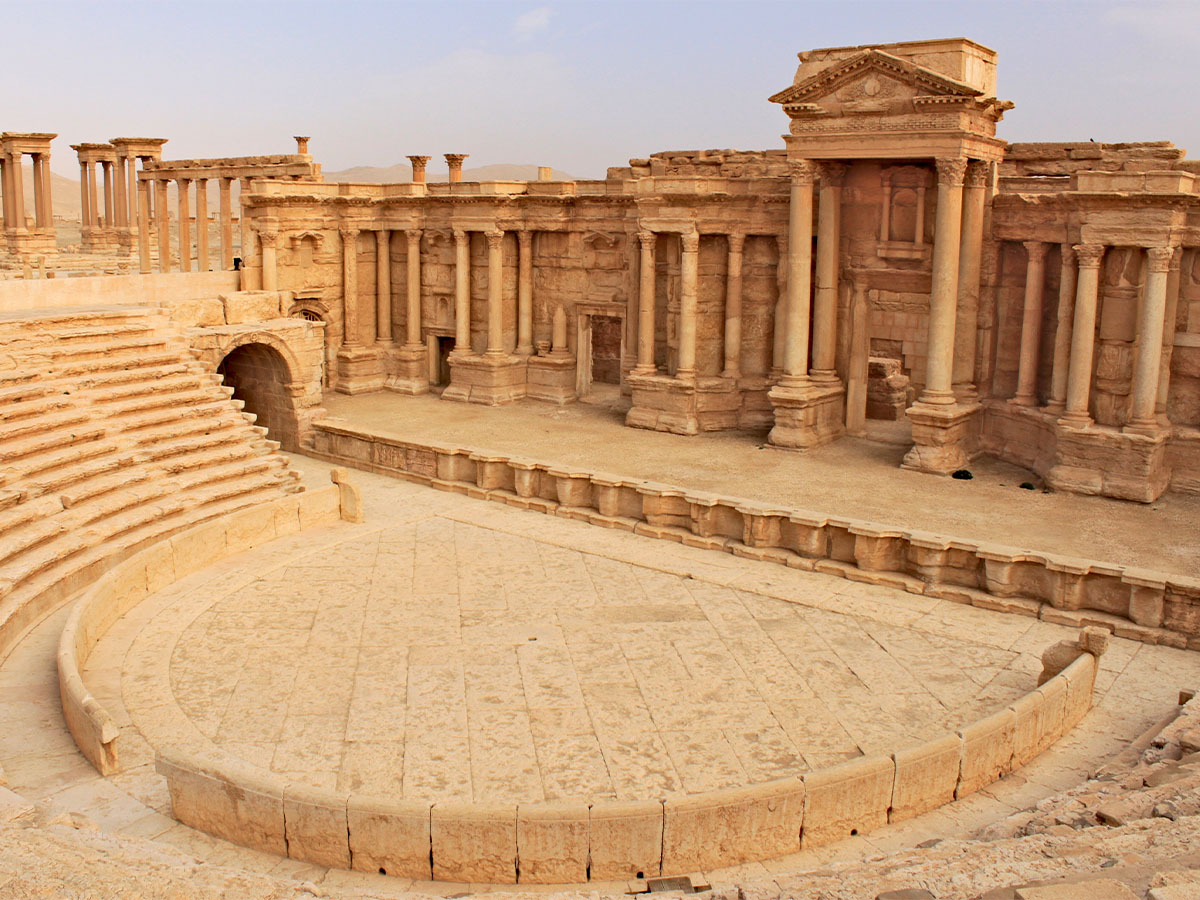
Palmyra is an ancient Syrian town whose history stretches back over 4,000 years. It's been home to numerous civilizations, including the Romans in the first century AD. The area housed some truly irreplaceable artifacts of world history. According to documents and artifacts, the city dated all the way back to the second millennium BC.
Unfortunately, in 2015, Palmyra was seized by ISIS. Although militants initially promised not to destroy the city's relics, about 20 to 30% of Palmyra was destroyed, including some of its most famous historical sites. Following the destruction, UNESCO, UN specialized agencies, archaeological associations, and museums have begun working on restoring the artifacts. However, they have to wait until the violence in Syria ends.
Royal Opera House, Valletta, Malta
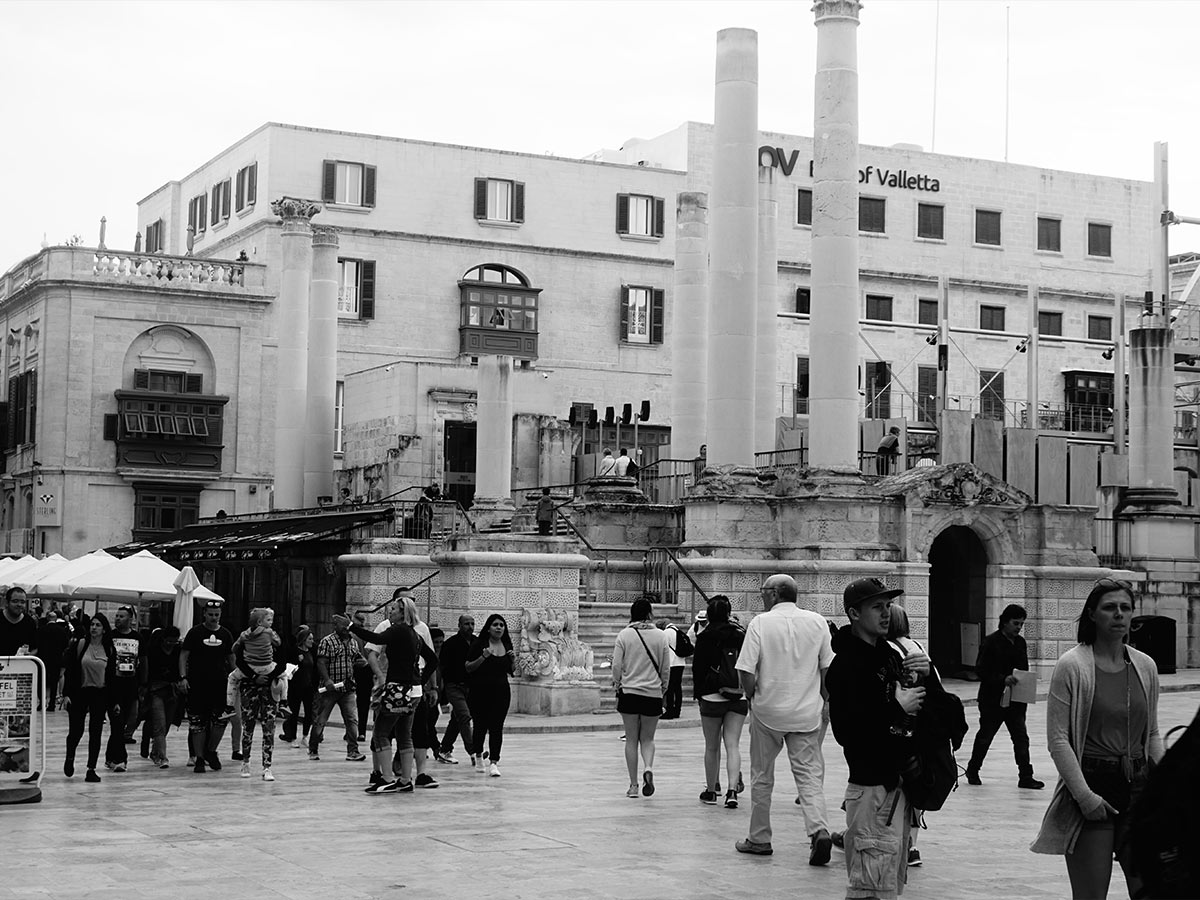
The Royal Opera House in Valletta, Malta opened in 1866 and was home to some of the most stunning architecture in the country. Only six years after its opening, a massive fire destroyed the interior. After a lot of arguing over design plans (which were hazardous, to begin with, due to sloping streets), the building was reconstructed in about four years.
It may have survived the fire, but the opera house would not survive World War II. Luftwaffe pilots bombed the city in April of 1942, and what survived of the opera house was demolished for safety reasons. Plans to rebuild were made several times over the years, but they've never been realized.
The Amber Room, Catherine Palace, Russia
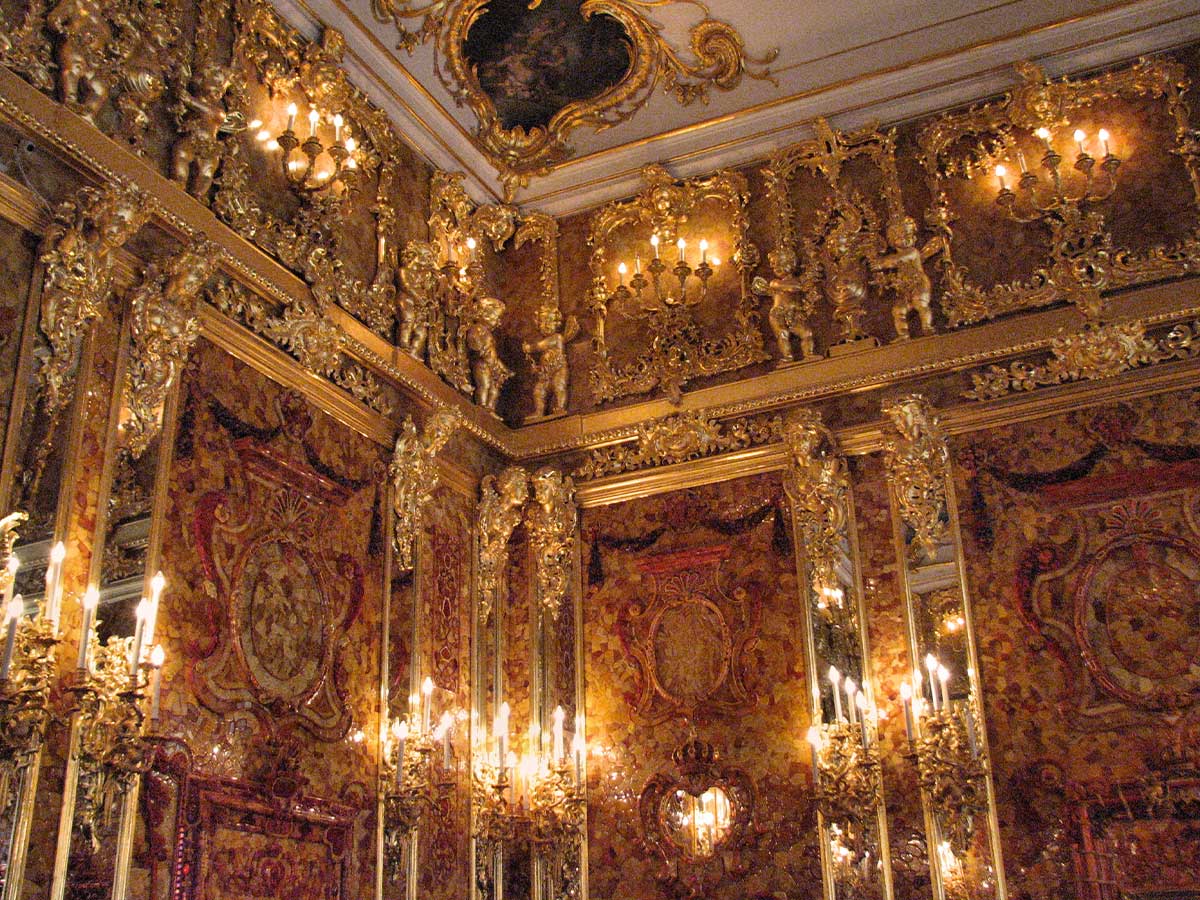
If you wanted to feel like royalty, The Amber Room was no better place. This beautifully designed area was a room filled with ornate gold and amber panels found in Catherine Palace in St. Petersburg. The materials for the room were gifted to Russia by Prussia in 1716 and contained some of the most ornate work in the world.
However, the room was looted during World War II, and no one is entirely sure who did it. They also have no idea where the room's gold and amber was taken. The room was reconstructed in 2003, but it's likely we'll never see the original again. Nothing can beat the intricate detail of the original.
National Museum of Brazil, Rio de Janeiro

The National Museum of Brazil actually began its life as a palace for Portuguese royals, but it was eventually converted in 1892. The museum was home to over 20 million objects, but it was most famous for its impressive collection of natural history artifacts. It contained major pieces of Brazil's scientific and cultural heritage, and it sadly went up in smoke.
A fire began in the original palace area in September of 2018, which led to the widespread but not complete destruction of the museum. Reconstruction has begun, but it will probably be years before the museum is back to its former glory. The items that are lost? We'll never see those ever again.
The Wall Arch, Arches National Park, Utah
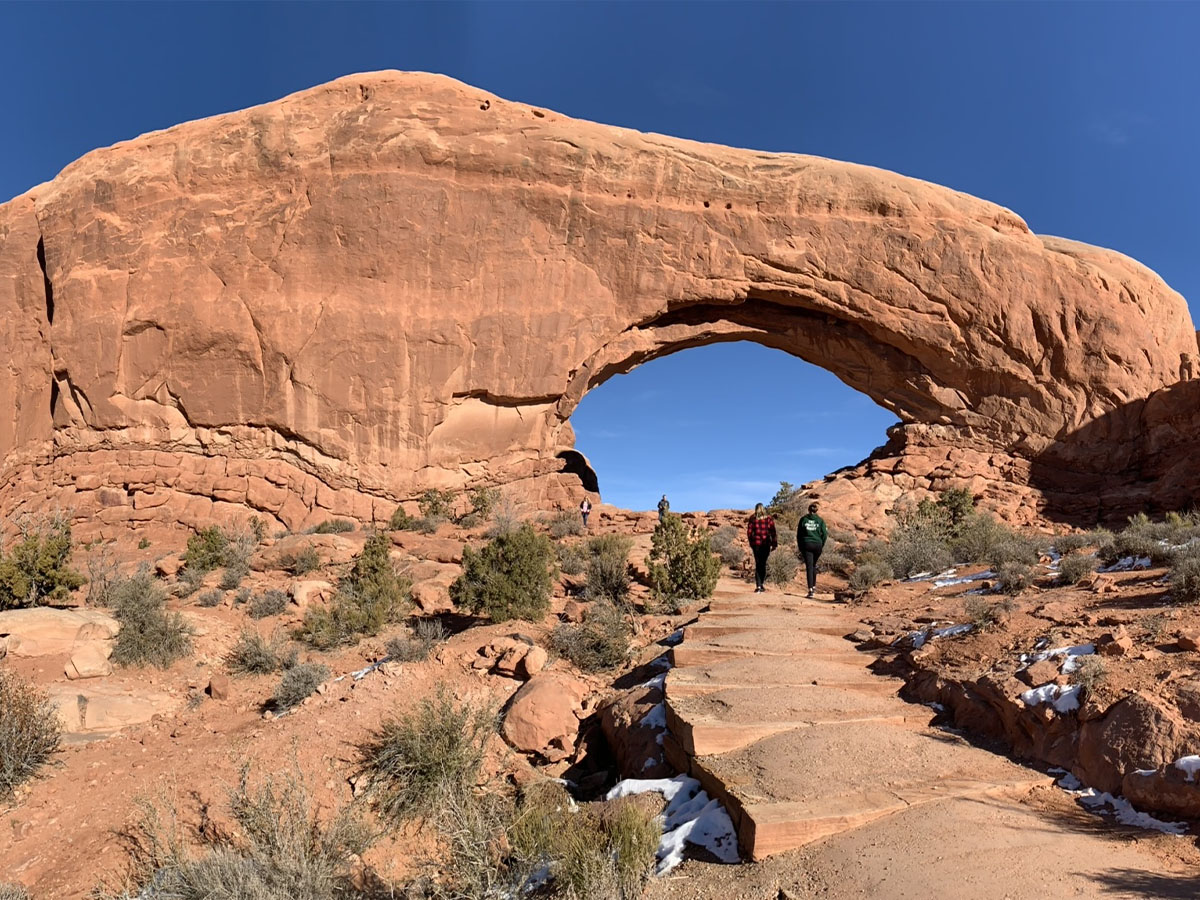
Natural attractions might last longer than we will, but that doesn't mean they'll be around forever. Just ask the Wall Arch in Arches National Park, Utah. This massive, natural stone arch was considered to be the 12th biggest in the entire world. Just to give you an idea of size, the rock spanned a massive 71 feet wide and 33.5 feet high.
Over time, the stone began to develop stress fractures due to its massive size. The arch fell sometime during the night of August 4, 2008, but no witnesses saw it firsthand. This was the first major collapse since 1991, so it was big news. The Utah Geological Survey visited the site and found that there were stress fractures in the remaining formation, which could cause more collapses in the future.
Action Park, New Jersey
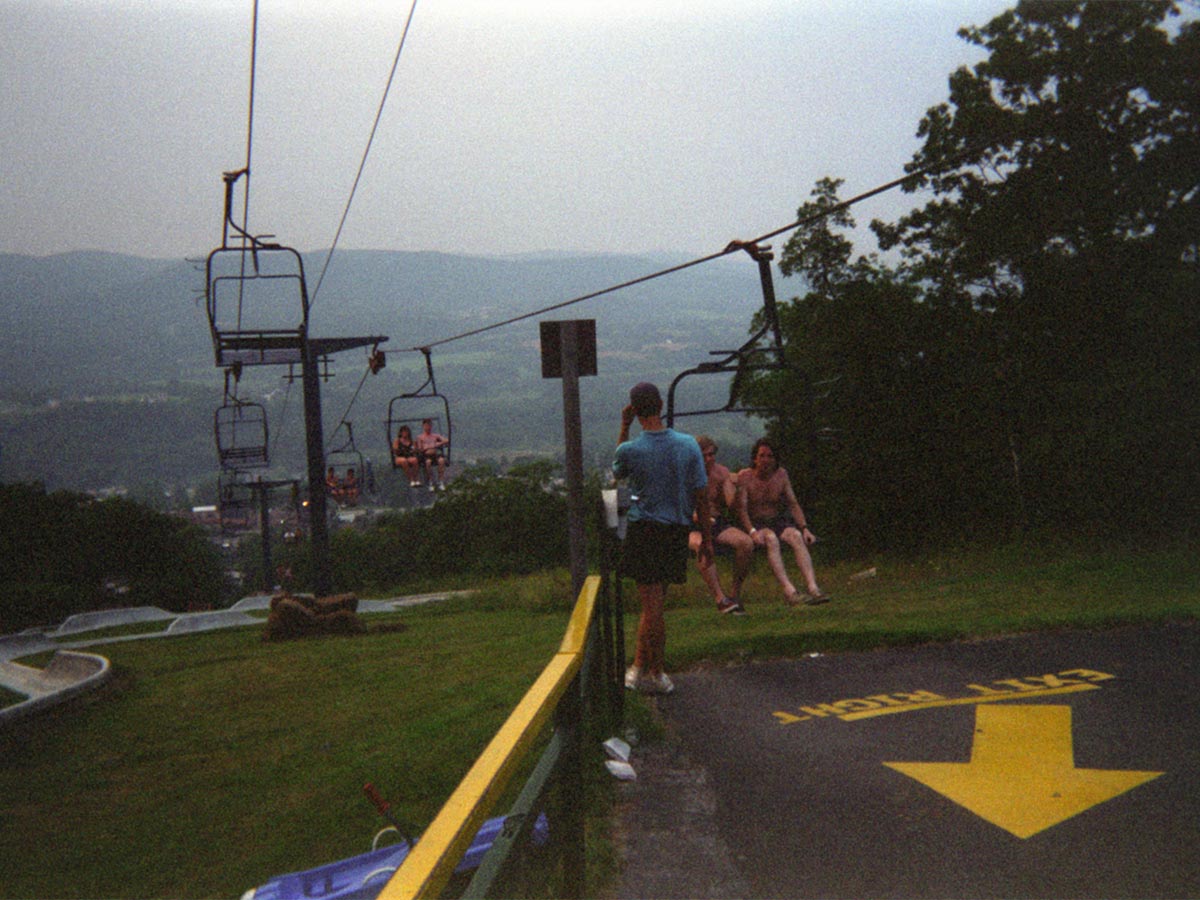
Action Park was pretty well known for being one of the most injury-inducing amusement parks in history. It gained the nickname “Accident Park,” “Traction Park,” and “Class Action Park.” A total of six people passed away at the park or soon after an incident at the park. However, that didn’t keep people away.
It was almost like a rite of passage in New Jersey to visit this park. Yeah, you got hurt, but that was part of the “fun” – or that’s what many of the former guests say nowadays. The park was closed in 1996 after a series of violations cropped up (or rather state legislators decided it was time to finally do something).
Christmas Island Coral, Australia
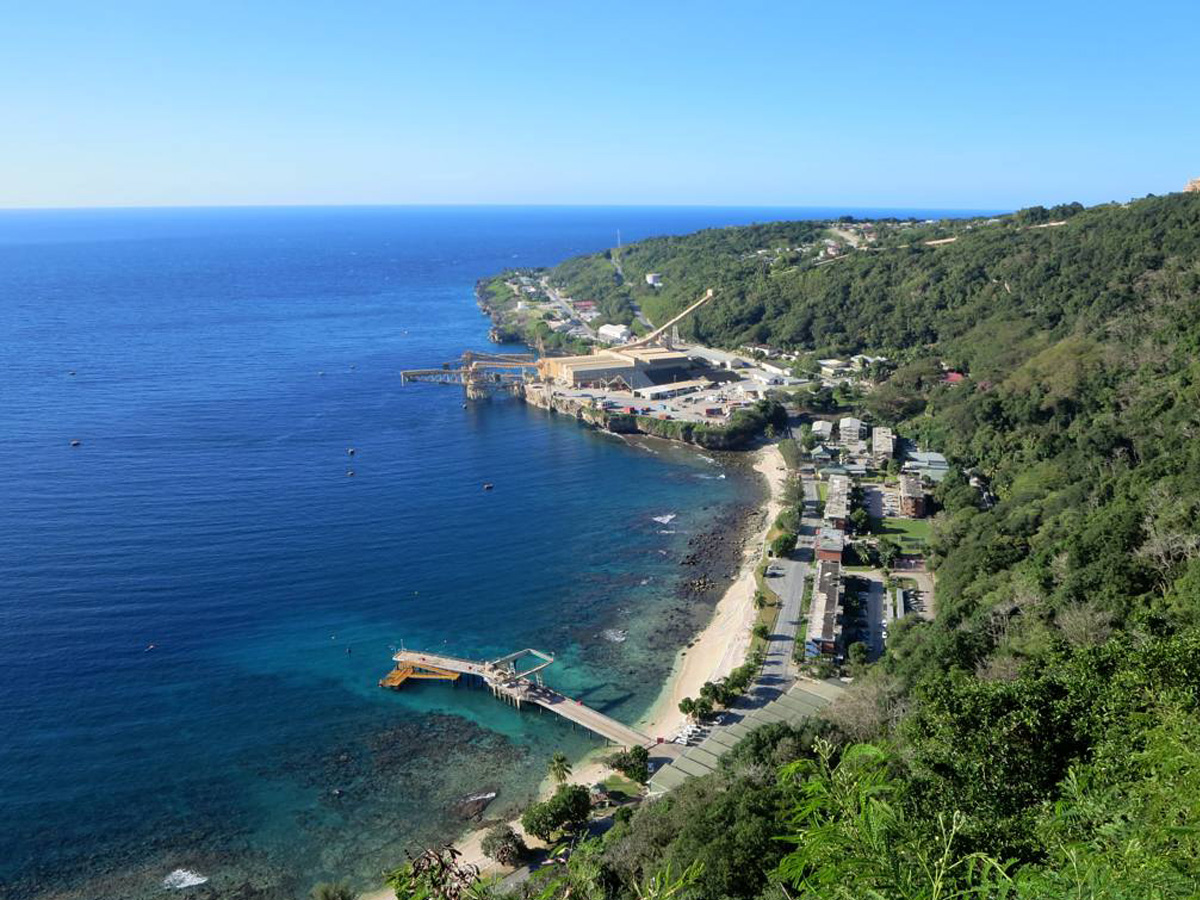
It shouldn’t be a surprise that coral is having a hard time surviving. As water temperatures increase, coral reefs are bleaching. Christmas Island is a big example of that. Temperatures rose and algae in the tissues of the reef that provided food were expelled. The fish leave, and then it’s left a wasteland of what was once a thriving biome.
It used to be a huge tourist attraction, but now it’s pretty much gone. Prolonged bleaching could cause permanent death, so Australia is hoping to bring the Christmas Island coral reef back to life. During this time, it’s closed to visitors to allow the reef the best chance of survival.
Dubrovnik, Croatia
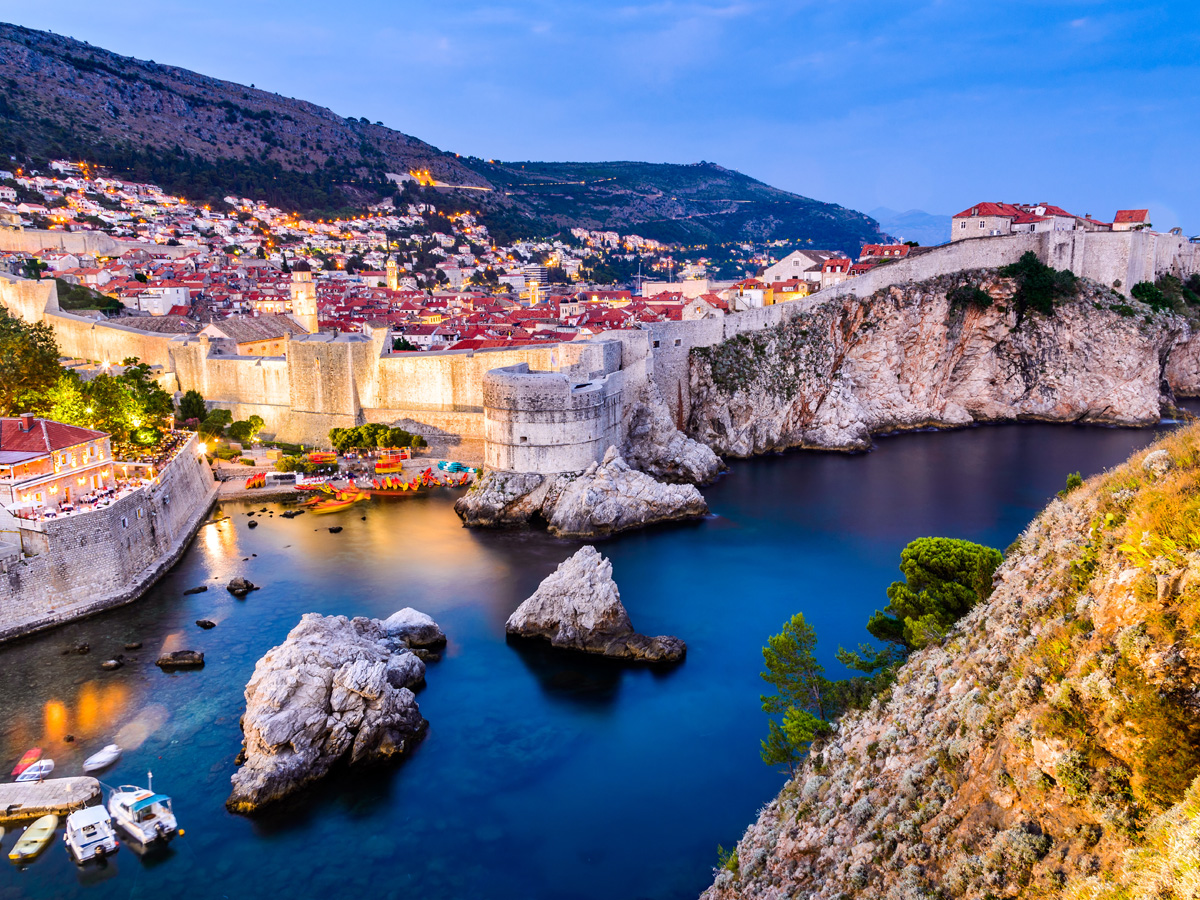
"Dubrovnik" may not sound familiar to you, but the picture probably rings a few bells (if you're a Game of Thrones fan). This little city in Croatia is better known for being the set of King's Landing. When the show blew up, naturally, people flocked to Dubrovnik in massive crowds.
Mass tourism? Yeah, that's no bueno. Dubrovnik became so overpopulated that it began to hurt the town. They started to limit how many people can visit through limited outdoor seating and how many ships are allowed to dock. This one still exists, but it’s a lot harder for the average person to visit nowadays.
The Original Globe Theater, London
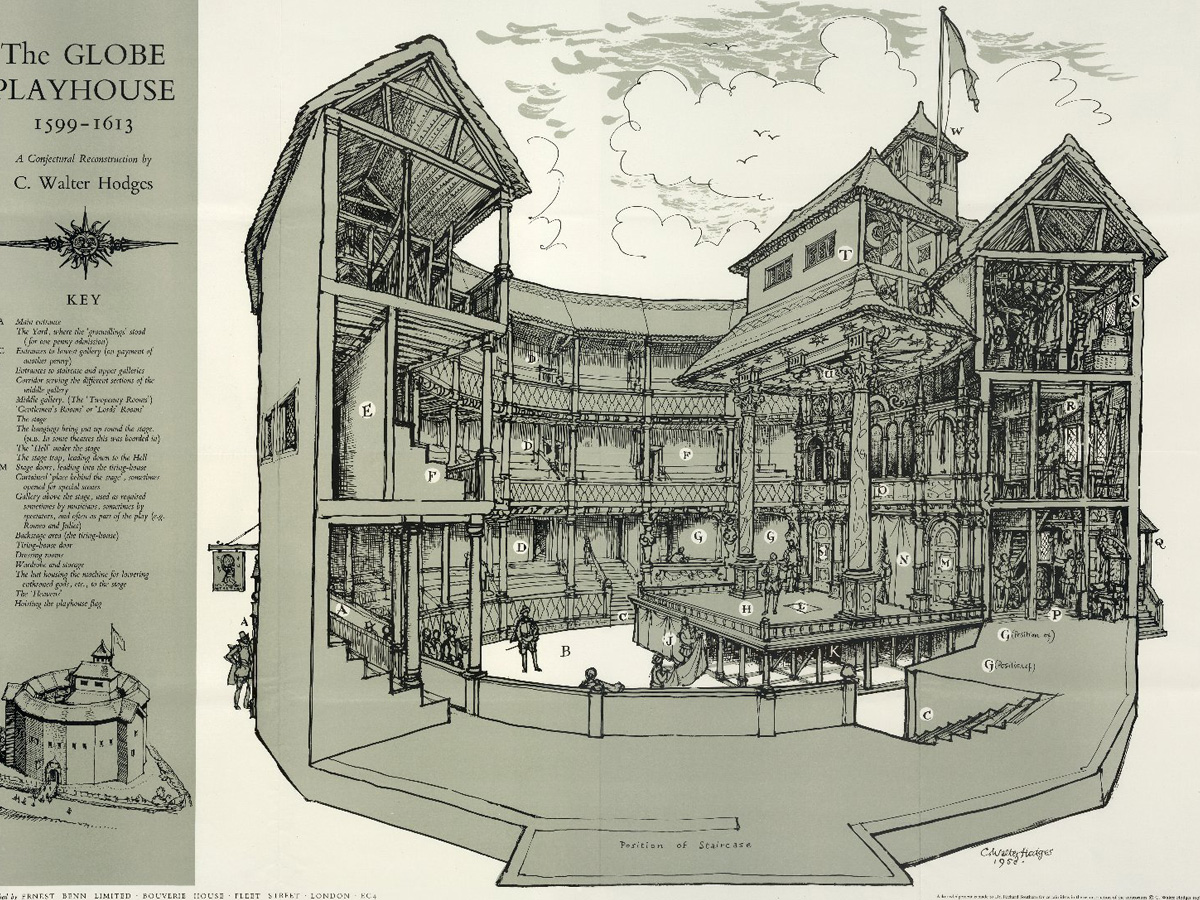
Anyone who is a fan of Shakespeare will want to see the Globe Theater. It’s the stage where his plays were performed and people were able to watch, cry, and laugh (depending on the play, of course). Well, unfortunately, you can't see the OG Globe Theater. I know, it’s about as sad as one of the Bard’s tragedies.
The original Globe Theater burned down in 1613, 14 years after it was originally built. A second was erected in 1614, but even that ended up closing in 1642 – this theater has had some seriously bad luck. The current building called “Shakespeare’s Globe Theater” opened in 1997. It’s still nice, but not the same.
Dead Sea Beaches, Israel
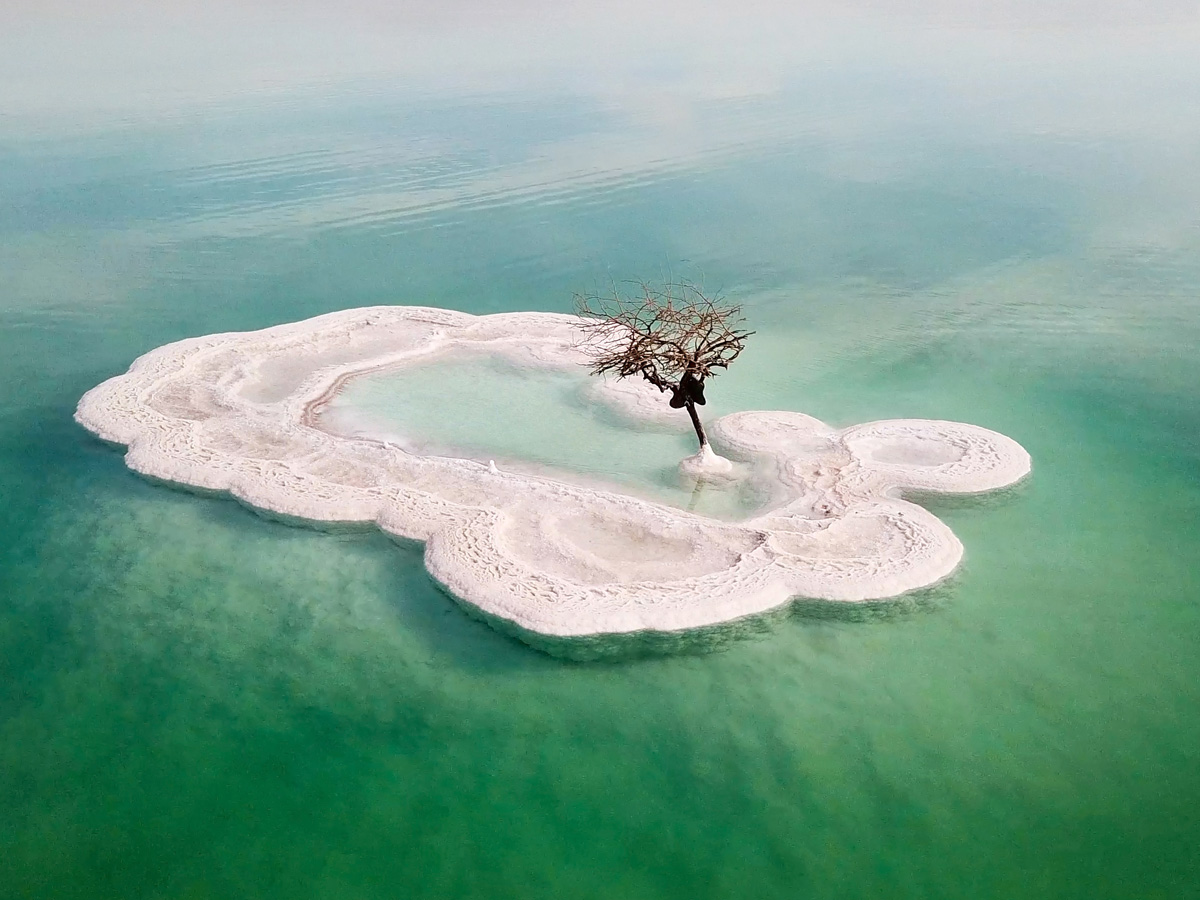
The Dead Sea beaches are incredibly famous for being the water that's impossible to sink into. The salt content keeps people buoyant while also preventing any fish or plants from living in it. The black mud found at the beaches is also a huge draw because of the supposed health benefits.
Like many of the other places on this list, too many tourists and global warming have taken a serious toll. Over time, the water levels have begun to decrease and sinkholes began to pop up one after another. This means that the Dead Sea Beach could be on its way out. Because it’s unsafe, it’s been closed to the public.
Pioneer Cabin Tree/Tunnel Tree, California
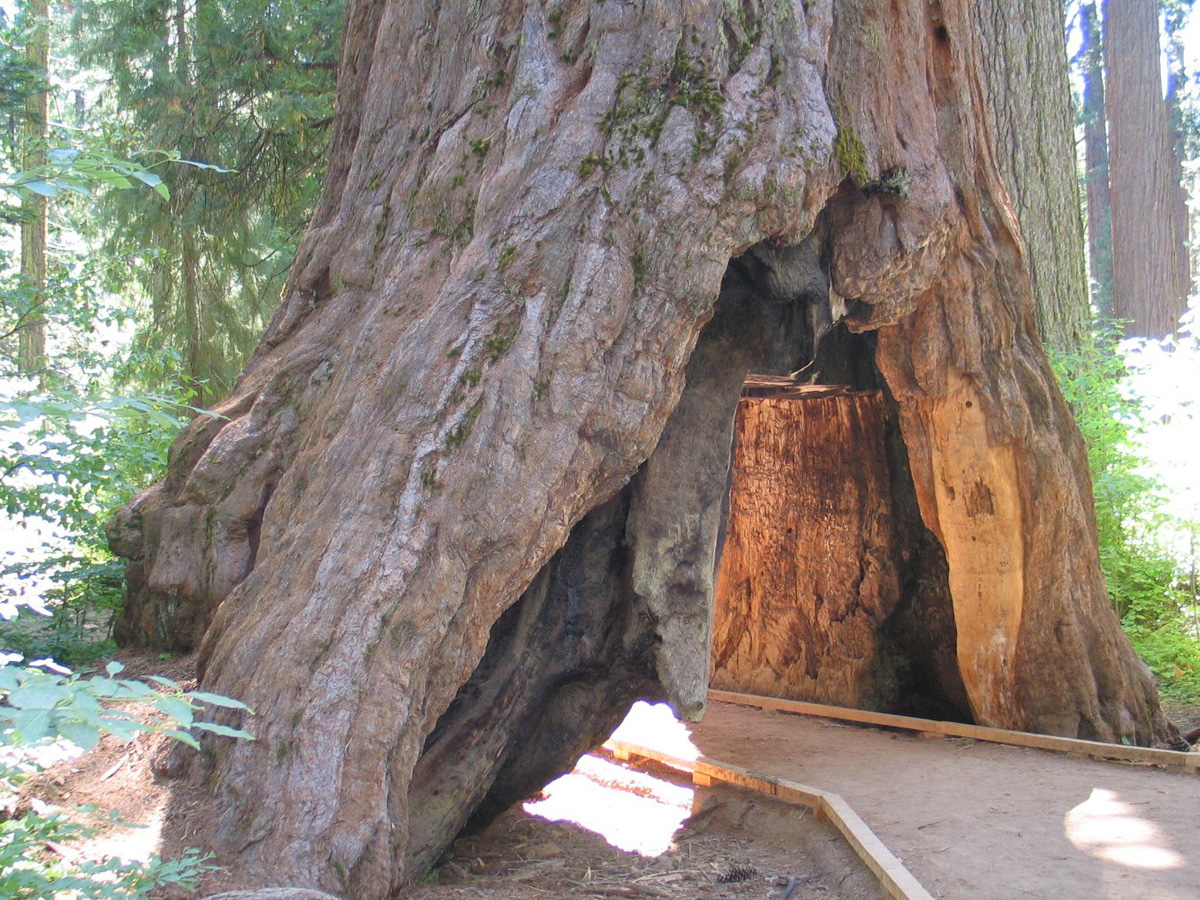
California has a lot of huge trees, particularly in the Calaveras Big Trees State Park. Some are as thick as they are tall, so people carved a hole through some of them to entice tourists to visit the national forest. As you can imagine, this doesn't exactly help the tree. Trees gain a lot of nutrients and stability from their trunk.
After damaging the trunk, it’s harder for the tree to stand upright and it gets fewer nutrients. One of the most famous was the Sequoia Tunnel Tree, aka the Pioneer Cabin. Sadly, the tree collapsed in 2017 following a bad storm. The tree was over 1,000 years old and measured 33 feet in diameter.
Discovery Island, Disney World
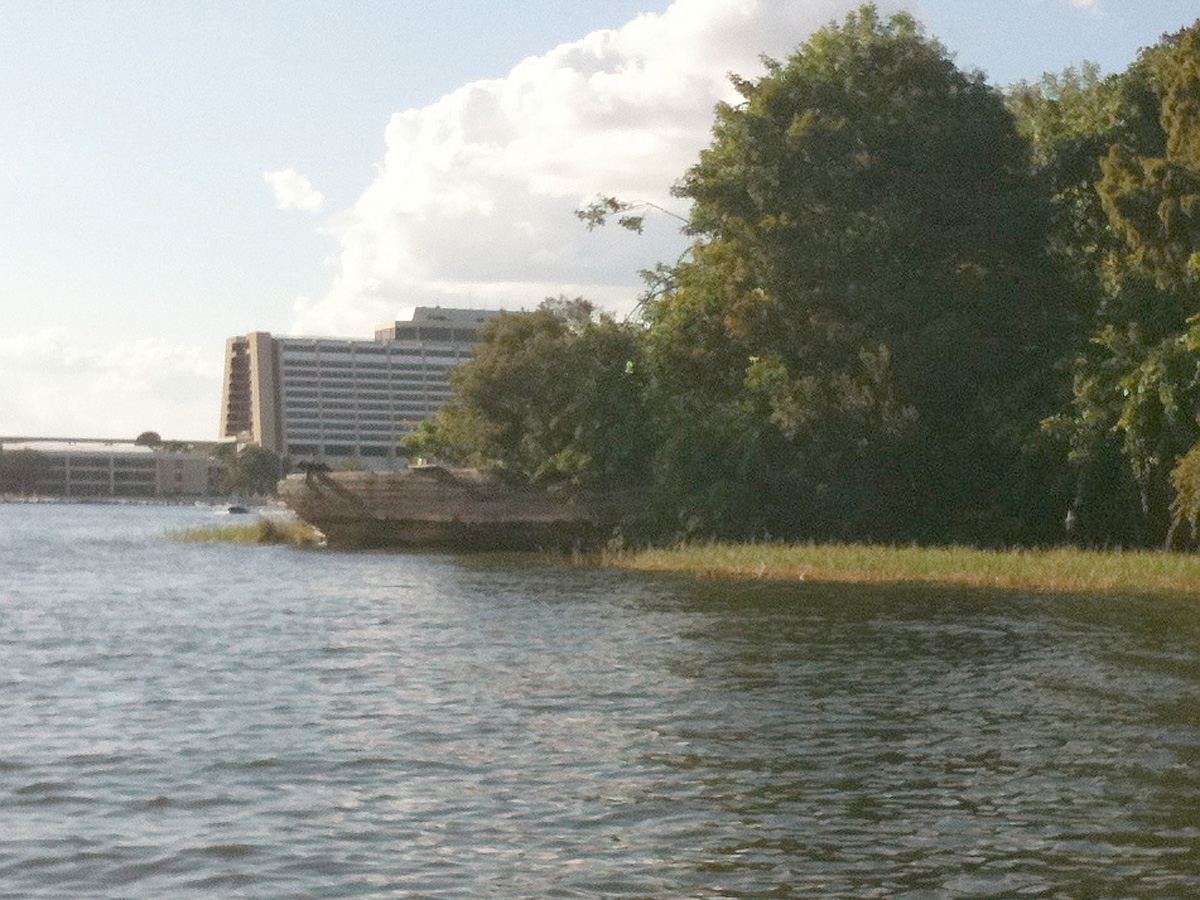
Discovery Island was one of Disney World’s failed “ride” experiences. It was originally a place to observe wildlife in their "natural" habitat. Animals were flown in from all over the world and allowed to roam free. The only problem? Disney and guests didn't treat the animals very well. It led to a lot of legal trouble for the brand.
Many animals died while being captured by employees while others died on the Island itself. State and Federal officials got involved and charged Disney with 16 counts of animal cruelty. The charges were dropped after improvements, but that didn't prevent Discovery Island from closing. Now, it’s abandoned, and no one is allowed to visit. Disney guards patrol the island and will prosecute anyone found on the island.
Guaira Falls, Paraguay and Brazil
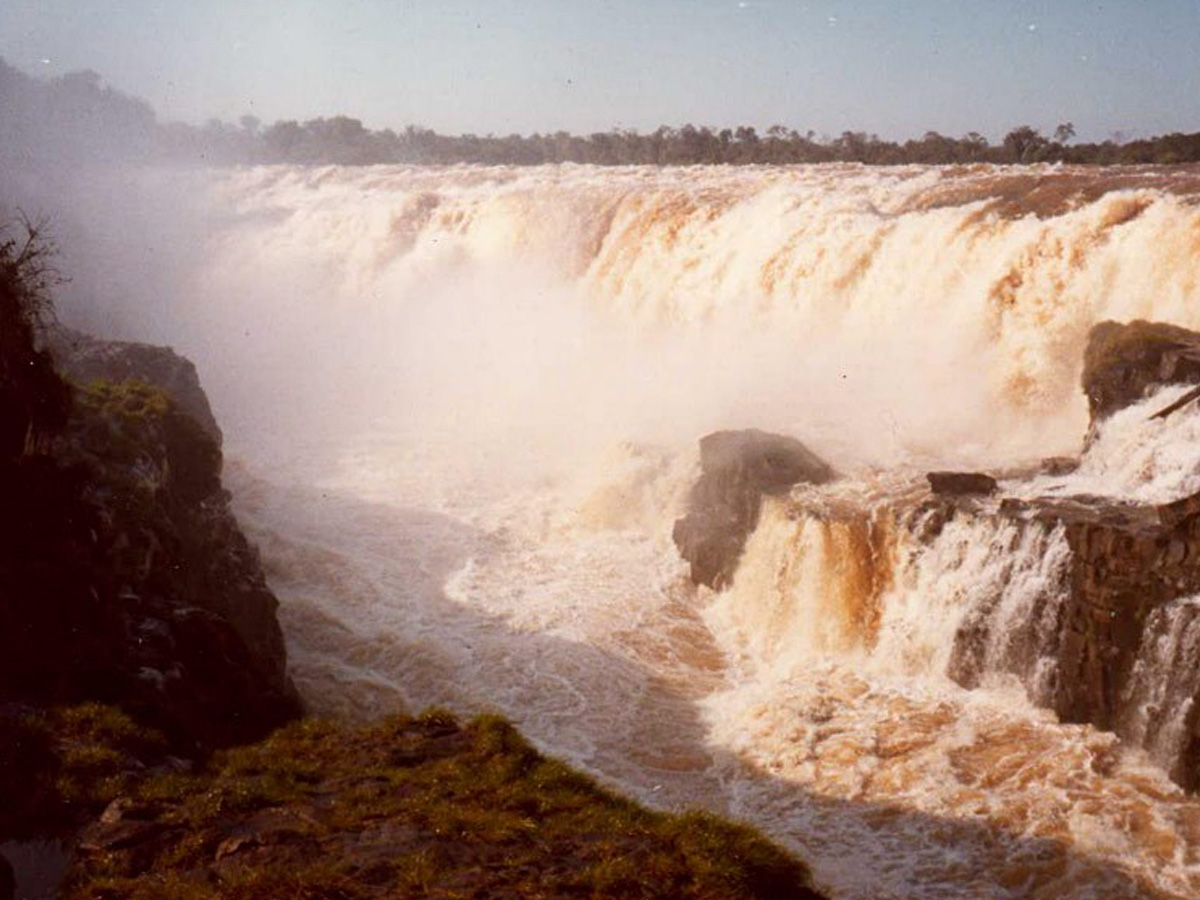
Guaira Falls was certainly one of the most beautiful sights anyone could have seen in their lifetime. Even though it was known as "Seven Falls," it was a series of 18 waterfalls that divided Paraguay and Brazil. It was said to be so powerful that you could hear it from 18 and a half miles away.
Despite attracting hordes of tourists every single year, the Brazilian army still demolished it in 1982. In its place, they created the Itaipu Dam. It's one of the largest operating hydroelectric plants in the world. People were so upset by the decision to demolish it that they gathered and participated in a 14-day ritual to say goodbye to the Falls.
Heritage Park, South Carolina

If you were alive in the '70s and '80s, you likely remember Heritage Park. Built in 1978 by Pentecostal televangelists Jim and Tammy Faye Bakker, the park was so big that it was larger than both Disneyland and the Magic Kingdom. It sprawled across 2,300 acres and had campgrounds, hotels, and condos dedicated to keeping people in Heritage Park as long as humanly possible.
It was all fine and dandy until the Bakker drama leaked. Jim Bakker had an encounter with a woman and used money from the church to cover it up. A federal investigation charged him with 24 counts of mismanagement of financial dealings. The final nail in the coffin was a hurricane in 1989 that destroyed the buildings, forcing Heritage USA to close for good.
Wedding Cake Rock, Australia
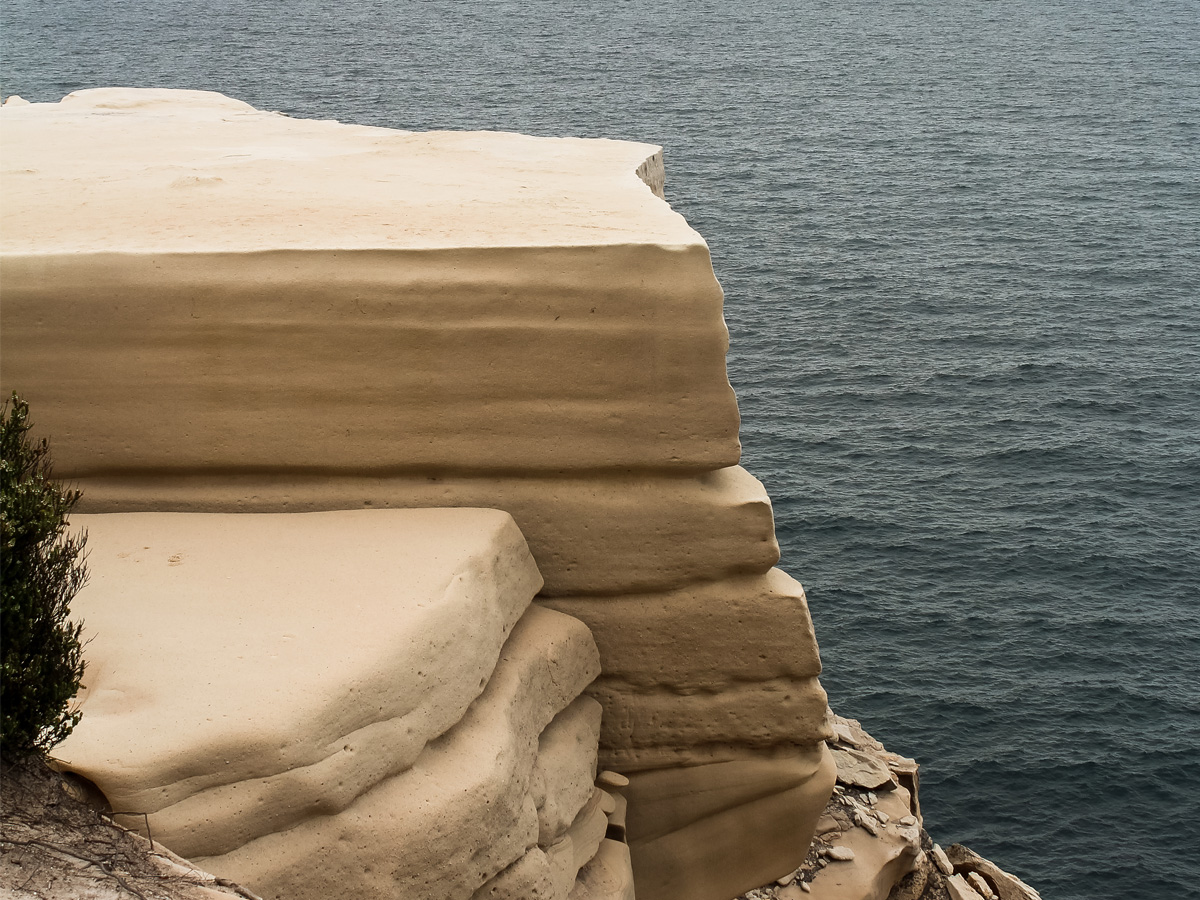
What if you could sit on a giant wedding cake? That's what drew people to Wedding Cake Rock in Australia. While you couldn't eat it, it was possible to say that the cake wasn't striking. At first, there were only around 2,000 visitors per month, but that quickly exploded to 10,000 thanks to Instagram yogis and influencers.
People started taking dangerous shots, and one person actually passed away after falling off the cliff. A fence was installed, but it didn't help much. People just hopped it! A bigger problem arose when the local geological studies found the rock was at risk of collapsing. Now, the rock is closed to avoid people from being injured, and experts are expecting it to fall apart any day now.
Notre-Dame, France
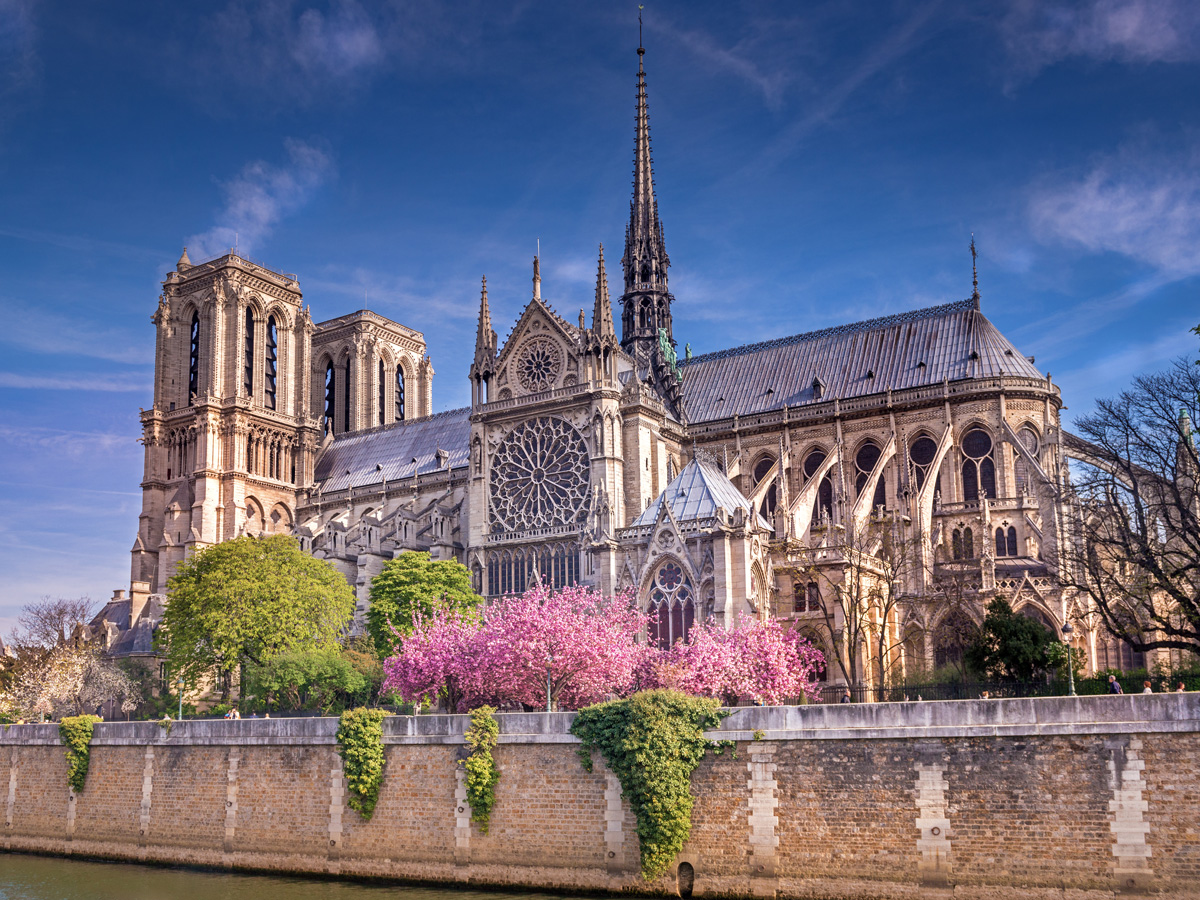
One of the worst things to happen in the last decade is the fire of Notre-Dame. Everyone watched in horror as the famous cathedral blazed for hours. By the time the structure fire was put out, the building's spire had collapsed. The roof was destroyed, and the upper walls were severely damaged.
Even though there was an attempt to save the artifacts within the Notre-Dame, many of the pieces were destroyed. This isn’t the first time the cathedral has had to be rebuilt and renovated, but the damage was so extensive that it’ll be hard to see the original structure that had stood since 1260.
Tsukiji Tuna Fish Market, Japan
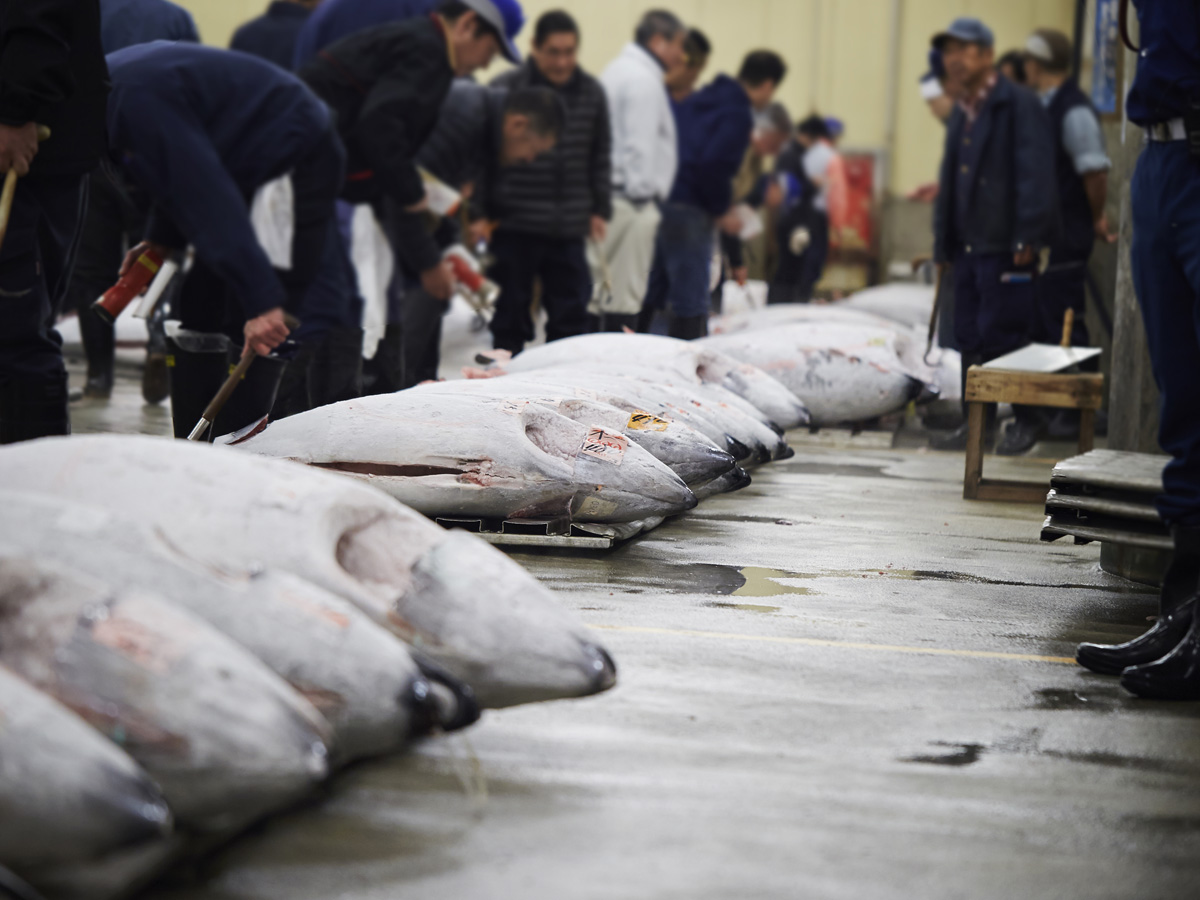
The Tsukiji Tuna Fish Market is one of the biggest fish markets in the whole world, and it has some of the rarest fish on the planet. At first, it was open to anyone that was looking for some fresh dinner, but it hasn’t been easy keeping it open. The government decided to move the market to another location, but that location was polluted.
After the pollution was cleaned up, it was officially moved to the new location. While it isn’t exactly secret, the tuna fish market itself has been blocked off to tourists and regular visitors. There are many surrounding shops that are still open to the public, but the tuna market itself is only open to certain individuals now.
Dogpatch, Arkansas
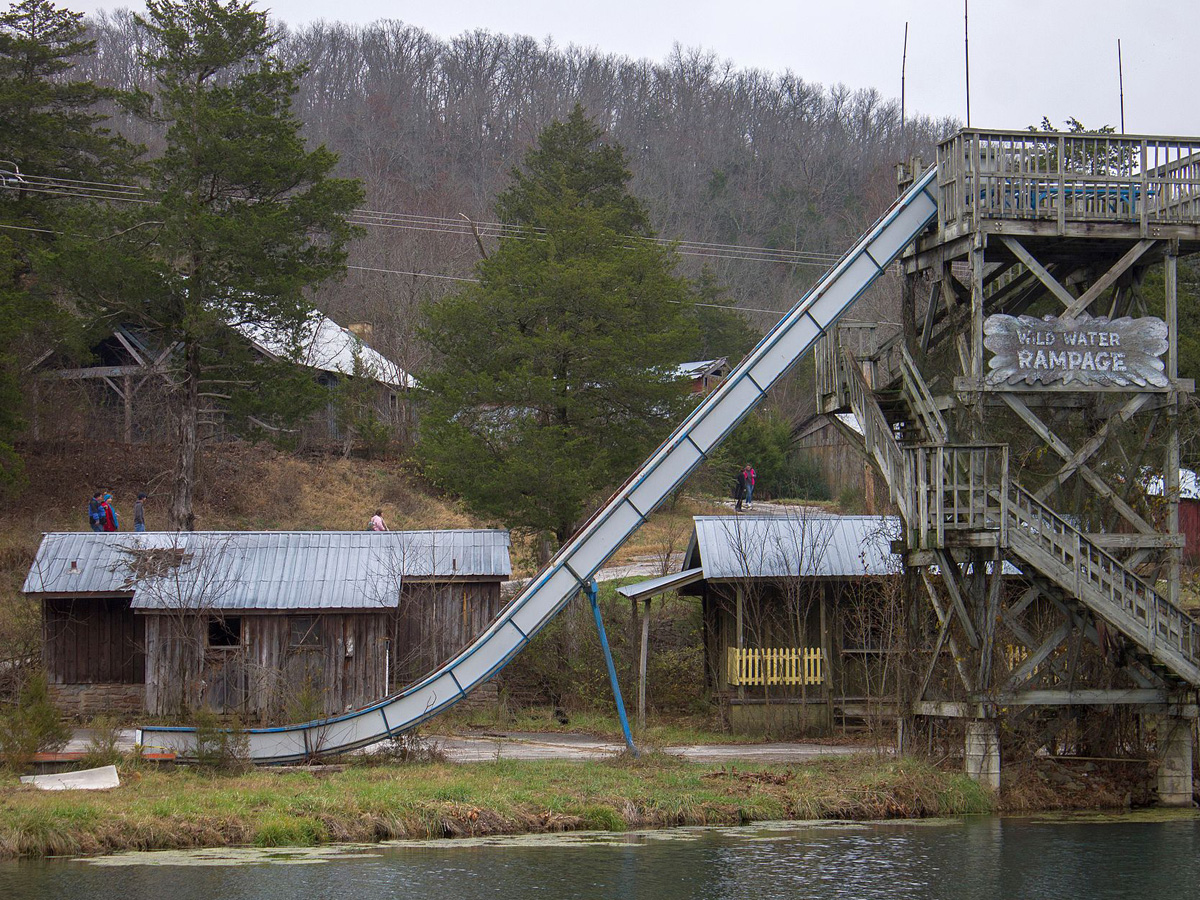
Amusement parks are apparently very difficult to keep open. Dogpatch is one of the ones that have failed to keep people coming for years and years (unlike places like Disney). This theme park was located in northwest Arkansas along State Highway 7. It opened in 1968 and was a commercial success, but it didn’t stay that way.
Investors tried to start a sister park called "Marble Falls," but that failed. Afterward, the park was closed in 1993. Over time, the property fell into disrepair, with much of it being parted up and sold to various people. Now, it’s an abandoned park for once-fans to visit and reminisce about all the fun times they’d had.
Midway Gardens, Illinois
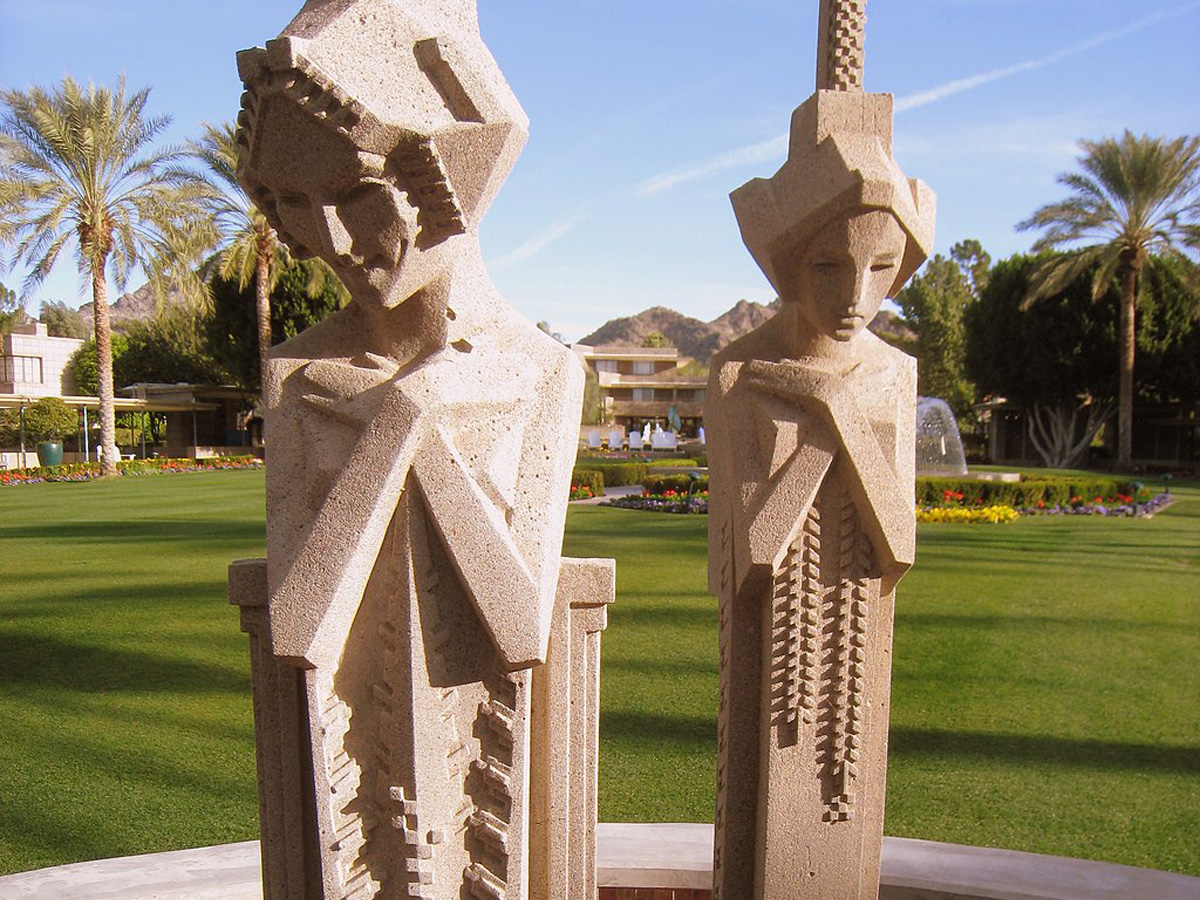
Midway Gardens sounds like the ultimate place. It was opened in 194 and designed by Frank Lloyd Wright. The area hosted famous entertainers from all over, and it had restaurants, saloons, shops, and much more. As you can see, the tickets for the attraction would have become very expensive. The building was passed from company to company until 1929.
During this time, it was permanently closed and demolished. Wright's buildings wouldn’t be so easily removed. Apparently, the building was so solid that destroying it sent the wrecking company into bankruptcy. Hopefully, they learned their lesson. It is just unfortunate that the rest of us couldn’t see the building in person.
Chorley Park, Toronto
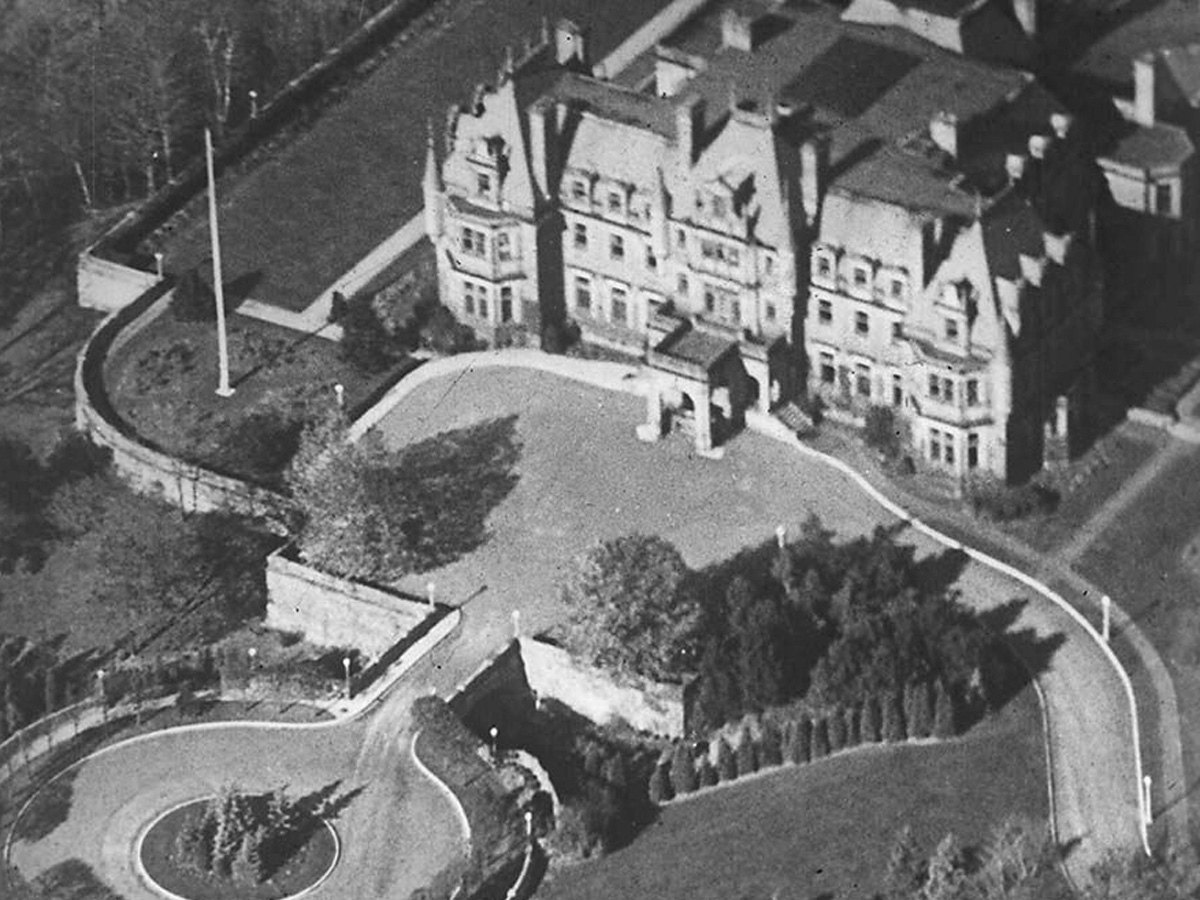
Have you ever noticed that nearly every province governor has an official residency except Ontario? The reason for that traces all the way back to a place called Chorley Park. From 1915 until 1961, Chorley Park was the mansion the governor resided. It was worth a massive $18 million once completed.
It was the most opulent place in the whole city. The Great Depression brought a series of budget cuts, including not forcing the taxpayers to pay to maintain Chorley Park. The government eventually decided to destroy the building after it fell into disrepair. Now, nothing is left of the beautiful mansion.
The Chicago Federal Building, Illinois

Government buildings used to be a sight to behold. Not so much anymore, and many of the ones from history have been demolished. Originally opened in 1905, the Chicago Federal Building had 16 floors and a jaw-dropping rotunda that towered above the city. What brought people as tourists was the fact it was the site of Al Capone’s trial in 1931.
Skipping ahead 30 years, the building would be demolished. For an equally beautiful building, you ask? No. For the Kluczynski Federal Building. It looks just like every other downtown building, save for a statue in front that's...well, it’s something alright.
The Original Madison Square Garden, New York
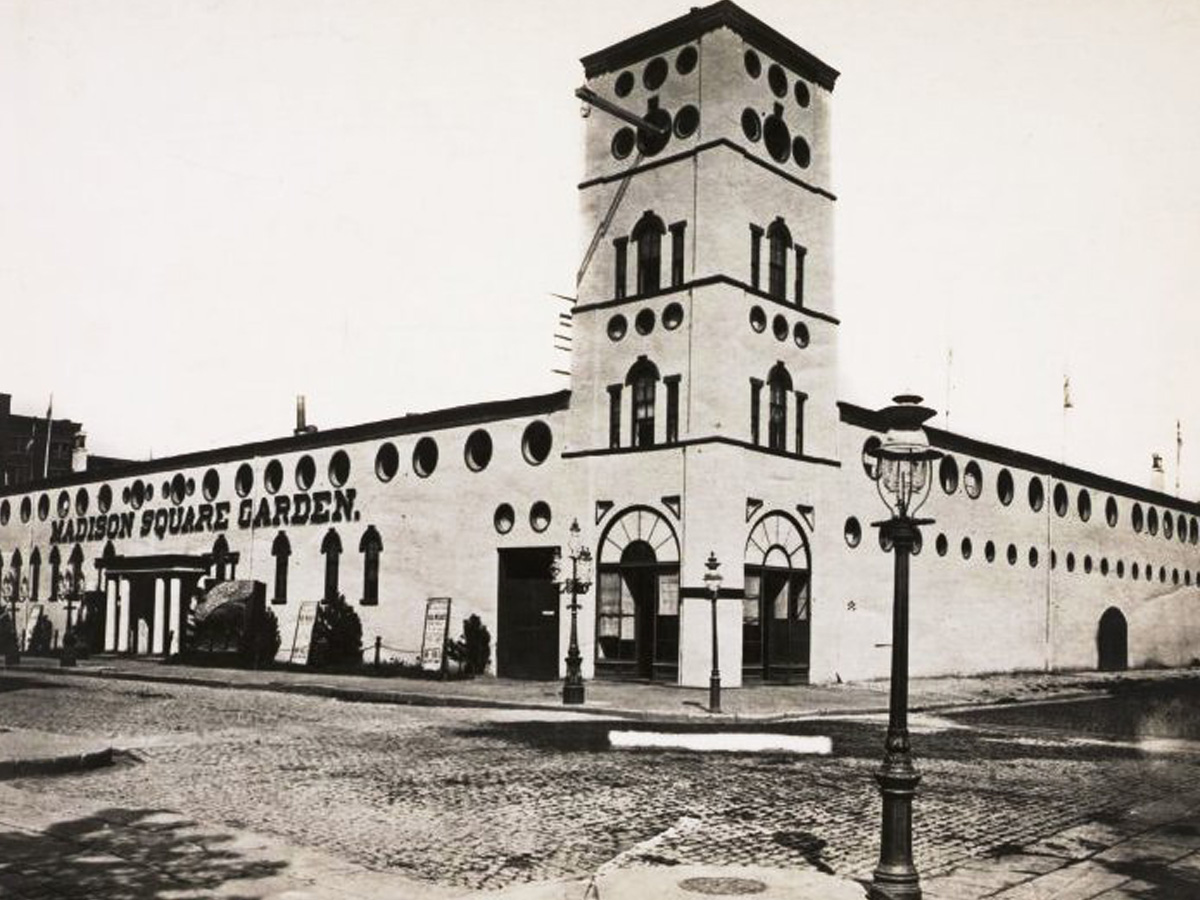
One of the most popular attractions in New York is the Madison Square Garden. With all the events that are held there, it’s no wonder this location is such a hot spot. Turns out, that isn’t the original Madison Square Garden! The OG Madison Square was created in 1874 by William Kissam Vanderbilt.
Even back then, it held hugely popular acts like P.T. Barnum's circus and the National Horse Show! The only issue? The lack of a roof. It was too cold during the winter season and too hot during the summer – can’t win for losing here! The demolition began in 1889, and the New York Life Building now stands in its place.
The Library of Alexandria, Egypt

For anyone that’s into books or literature (or just general knowledge), the loss of the Library of Alexandria is easily one of the greatest tragedies of mankind. It was once the largest library in the world, containing information from years and years before. It was considered the capital of knowledge! Since it’s on this list, you can imagine the bad news is coming up.
In 48 BC Julius Caesar was besieged at Alexandria. While historians say the fire was set by some soldiers, a playwright claims Julius Caesar set the fire that destroyed Alexandria. Approximately 40,000 scrolls were destroyed, and it was the greatest loss of knowledge mankind has ever seen. After the library came under Roman rule, it declined in status and was later destroyed.
Beacon Towers, New York
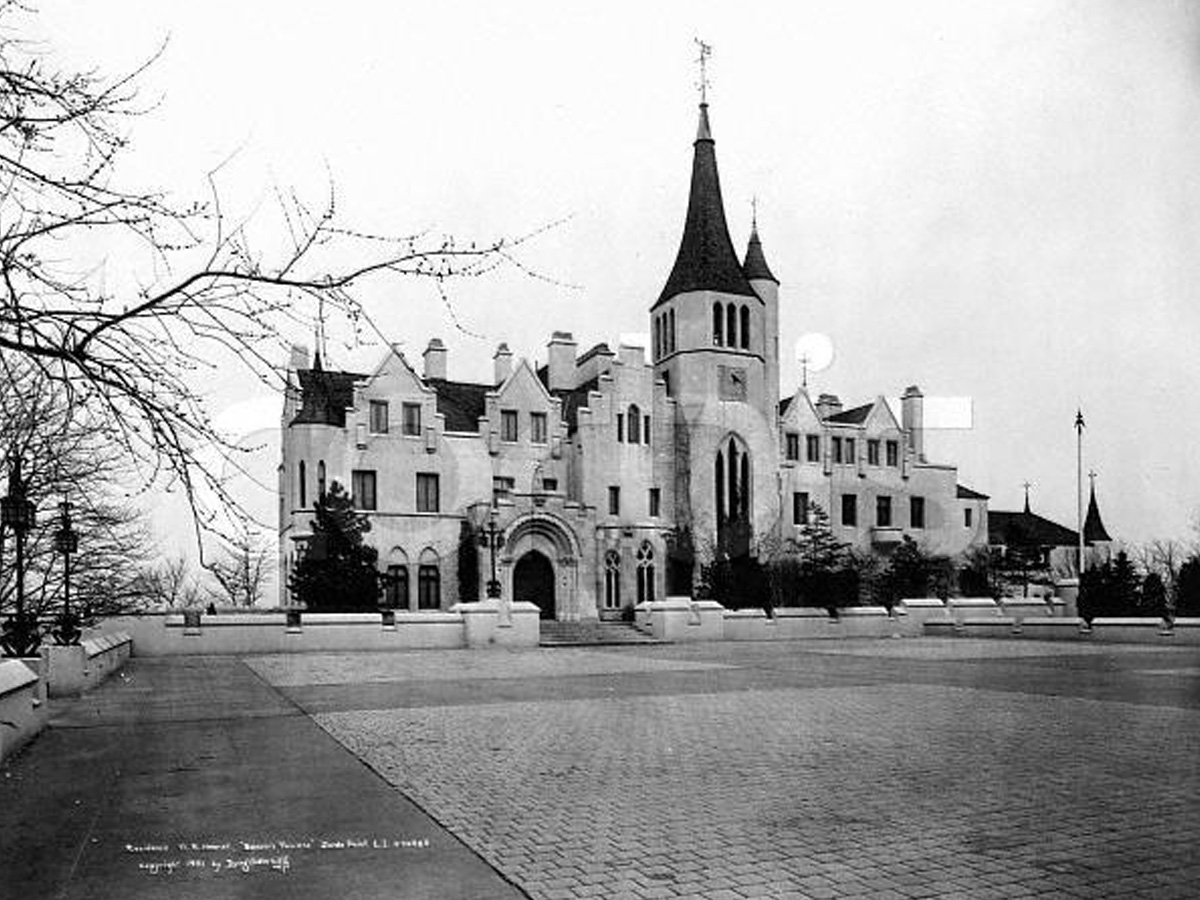
Are you a fan or have you heard of The Great Gatsby? Well, you may be surprised to learn that Beacon Towers of New York was what inspired F. Scott Fitzgerald to create such a wonderous mansion and setting in this literary classic. Beacon Towers was a beautiful example of Gilded Age architecture, and it attracted A-lister tenants.
From Alva Belmont (an ex-Vanderbilt) to William Randolph Hearst, everyone had to stay there. Sure, over time, it didn’t become the splendor it once was, but that doesn’t mean it had to be destroyed. In 1945, the sprawling building was destroyed to make way for new homes. The original gatehouse survives, but that’s all that’s left.
The Ténéré Tree, Niger
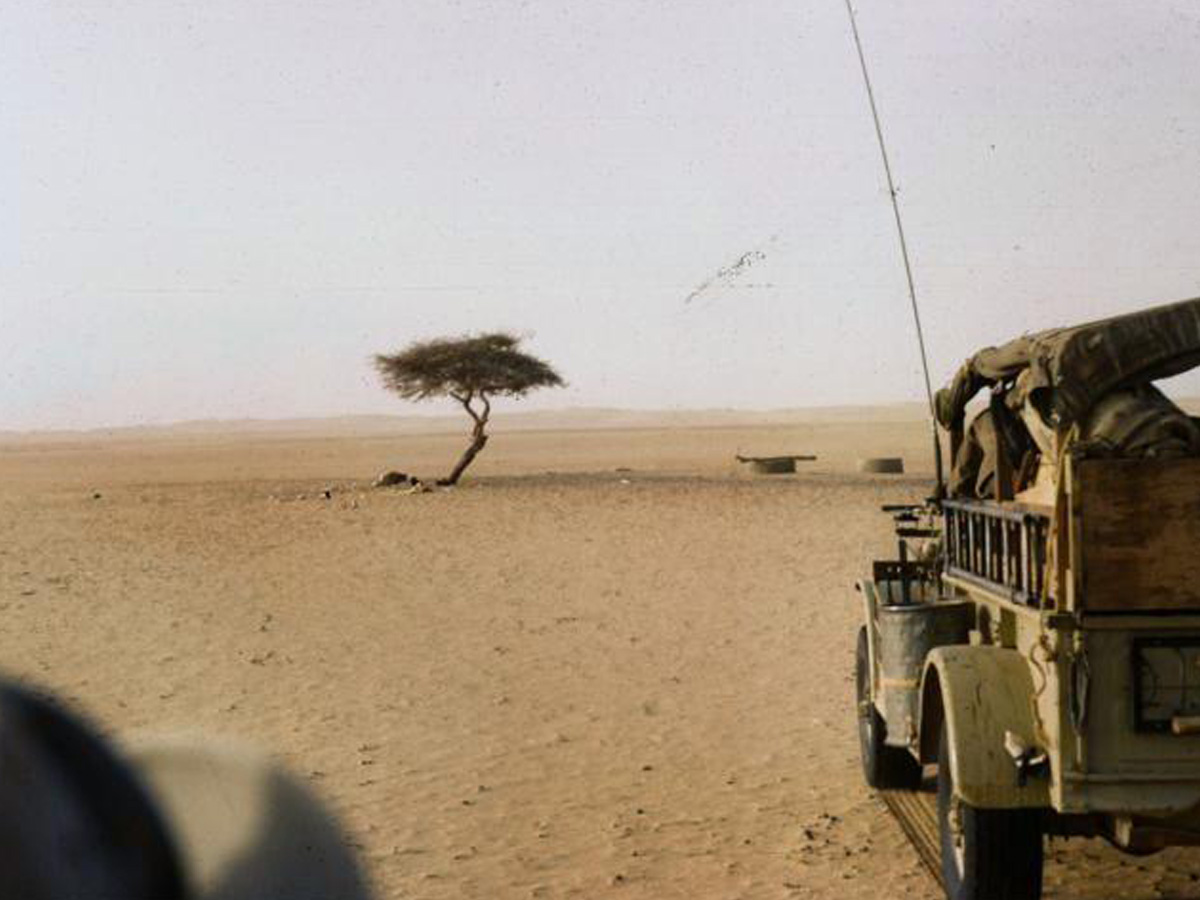
You’ve probably seen the Ténéré Tree before, whether as a wallpaper or on the cover of some magazine. The tree was considered the most isolated tree on the whole planet. There isn’t a single tree within 250 miles of this lonely little guy. It served as a guidepost for drivers and caravans who would have otherwise been lost.
Somehow, someone hit the tree. We honestly can’t wrap our minds around how someone hits the only tree within 250 miles. Apparently, a drunk driver hit it in 1973, which caused the tree to collapse. Soon after, the tree was moved to the Niger National Museum, and a metal sculpture now stands in the place the tree once claimed.
 Author
Jennifer Freehill
Last Updated: November 22, 2025
Author
Jennifer Freehill
Last Updated: November 22, 2025